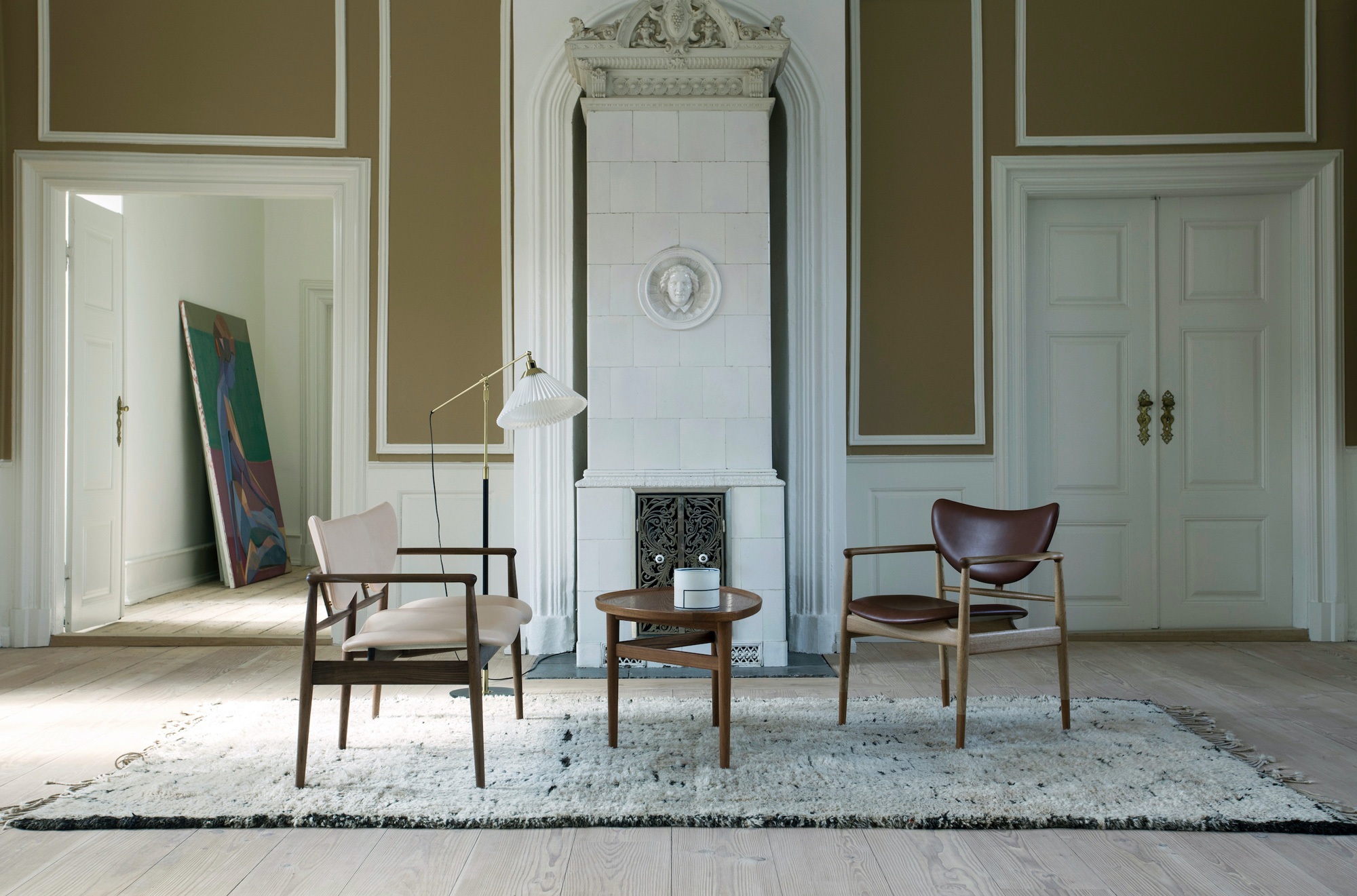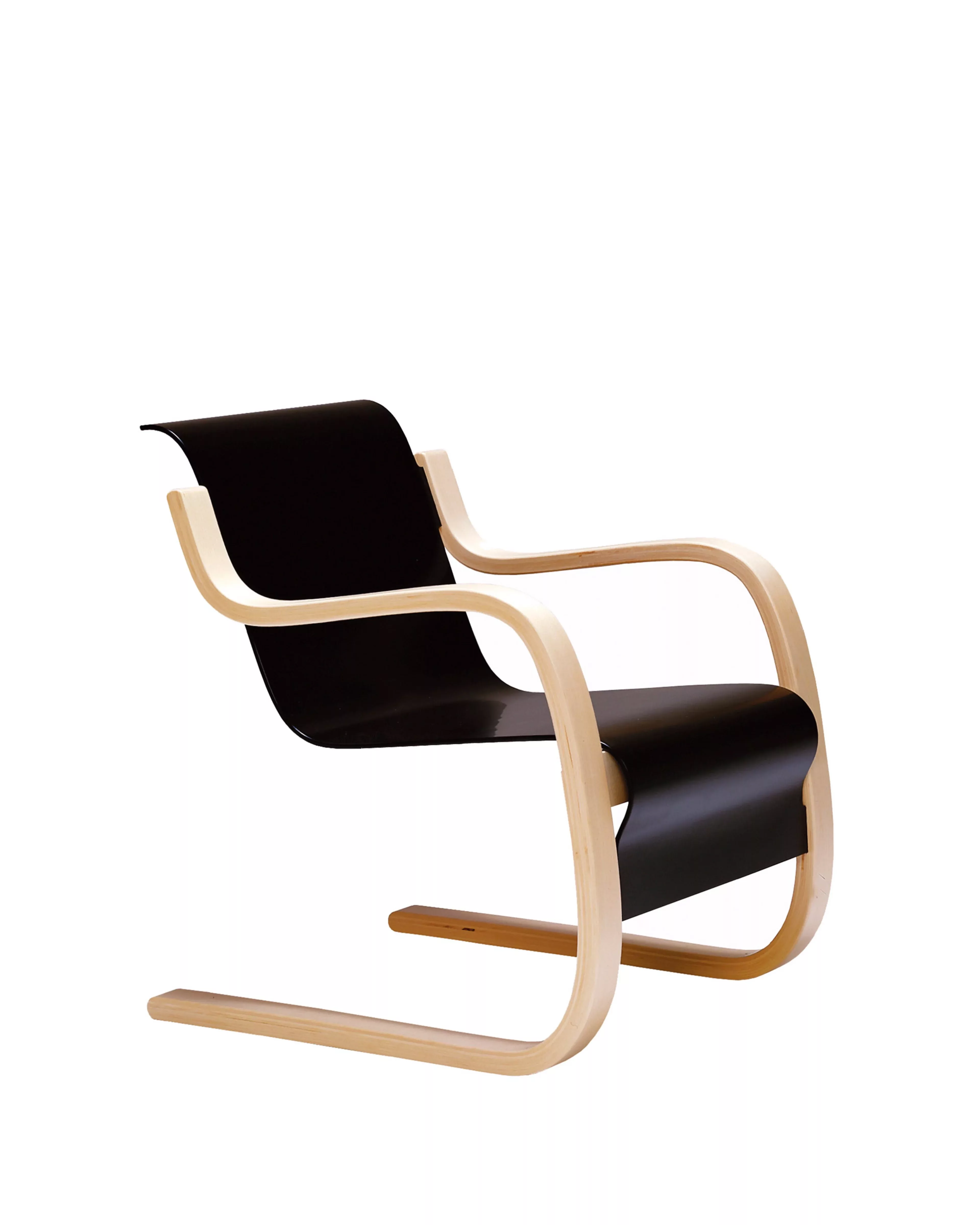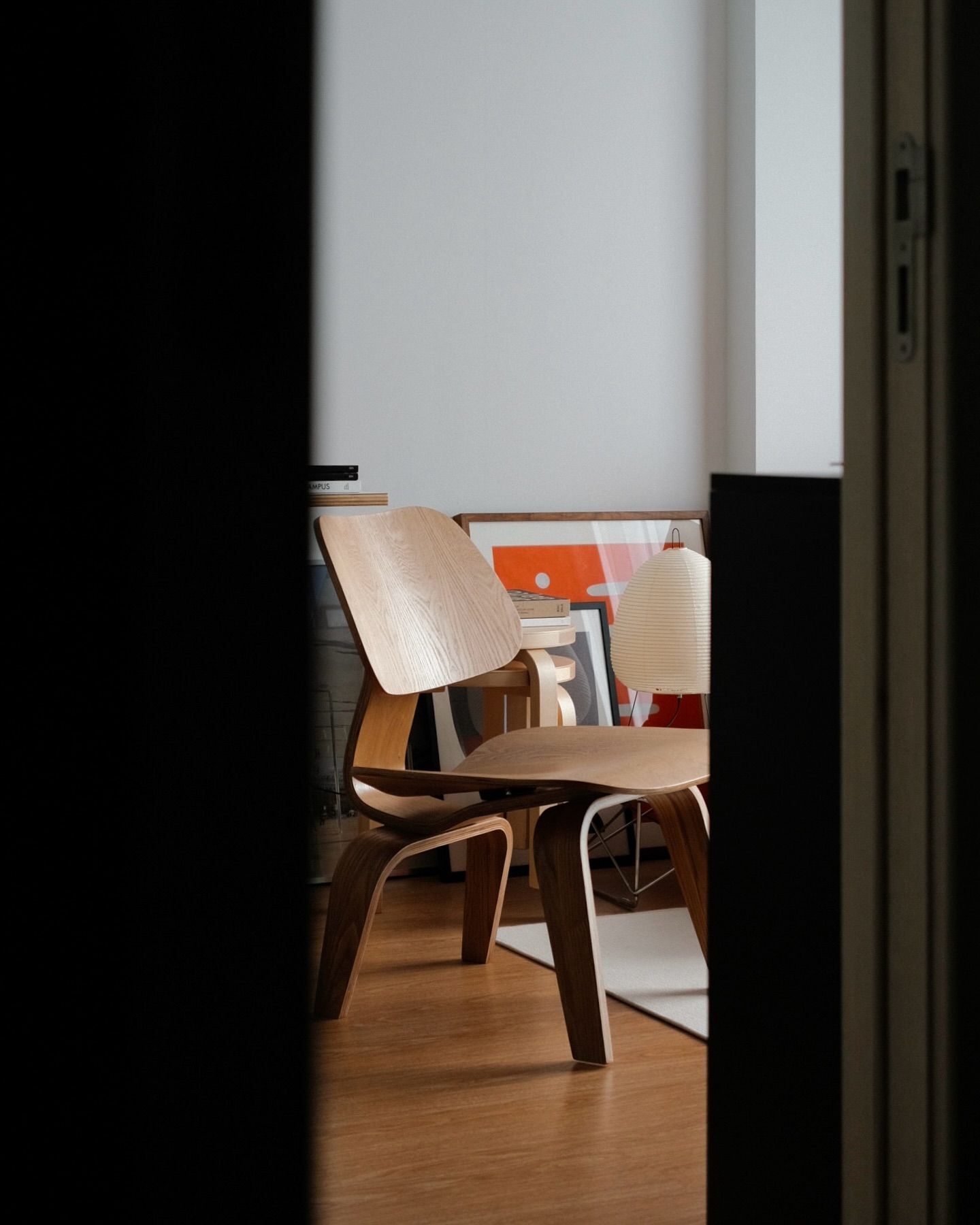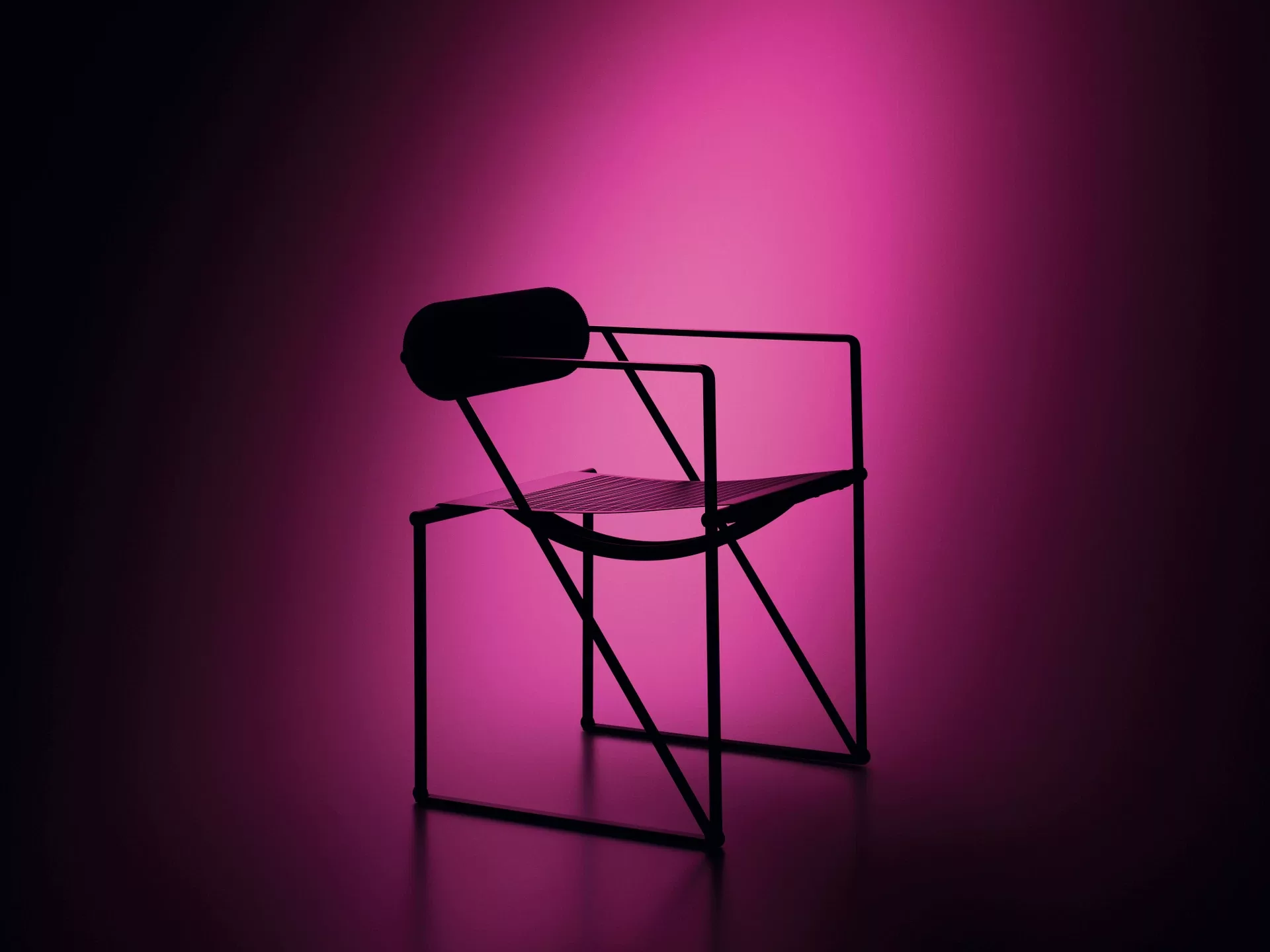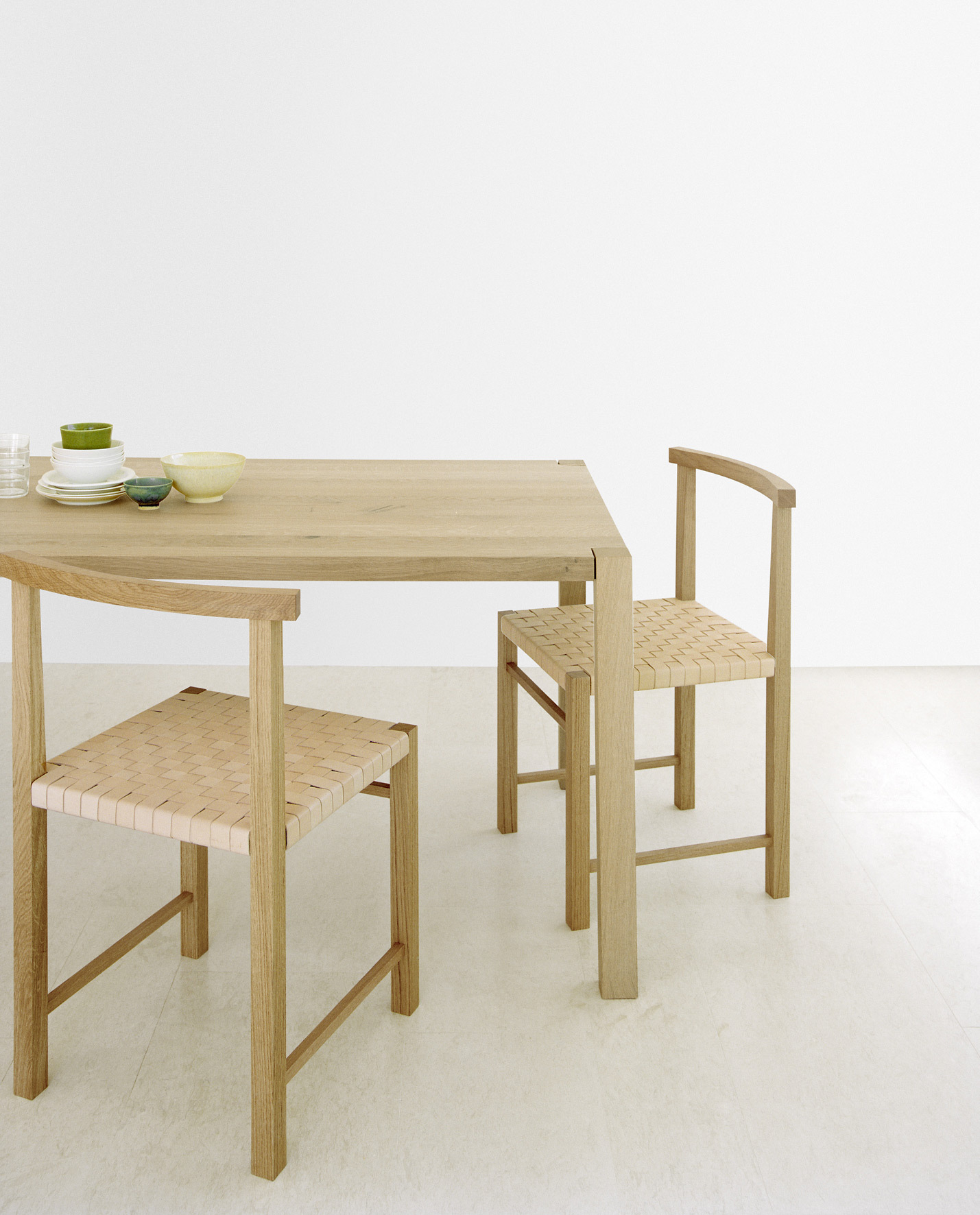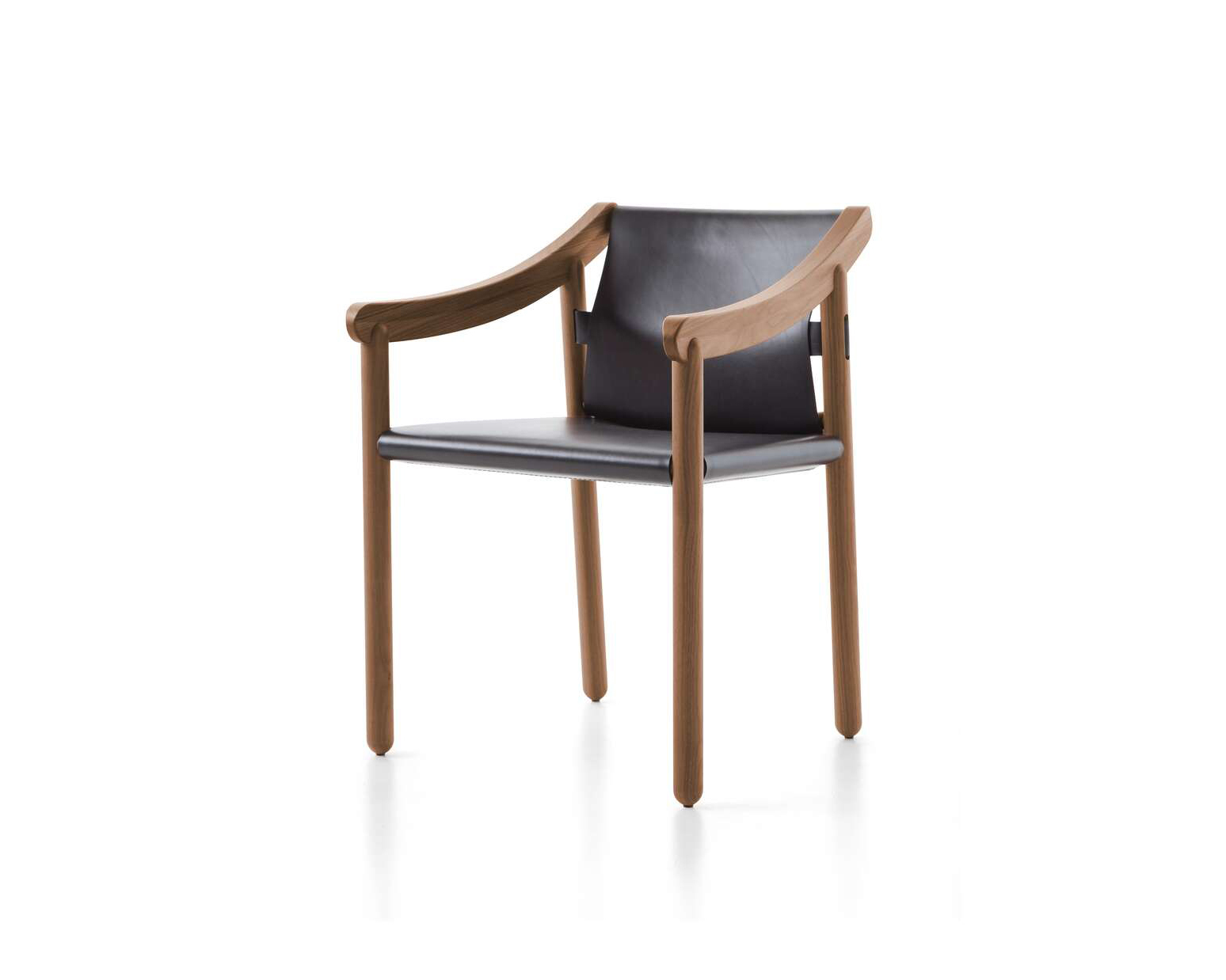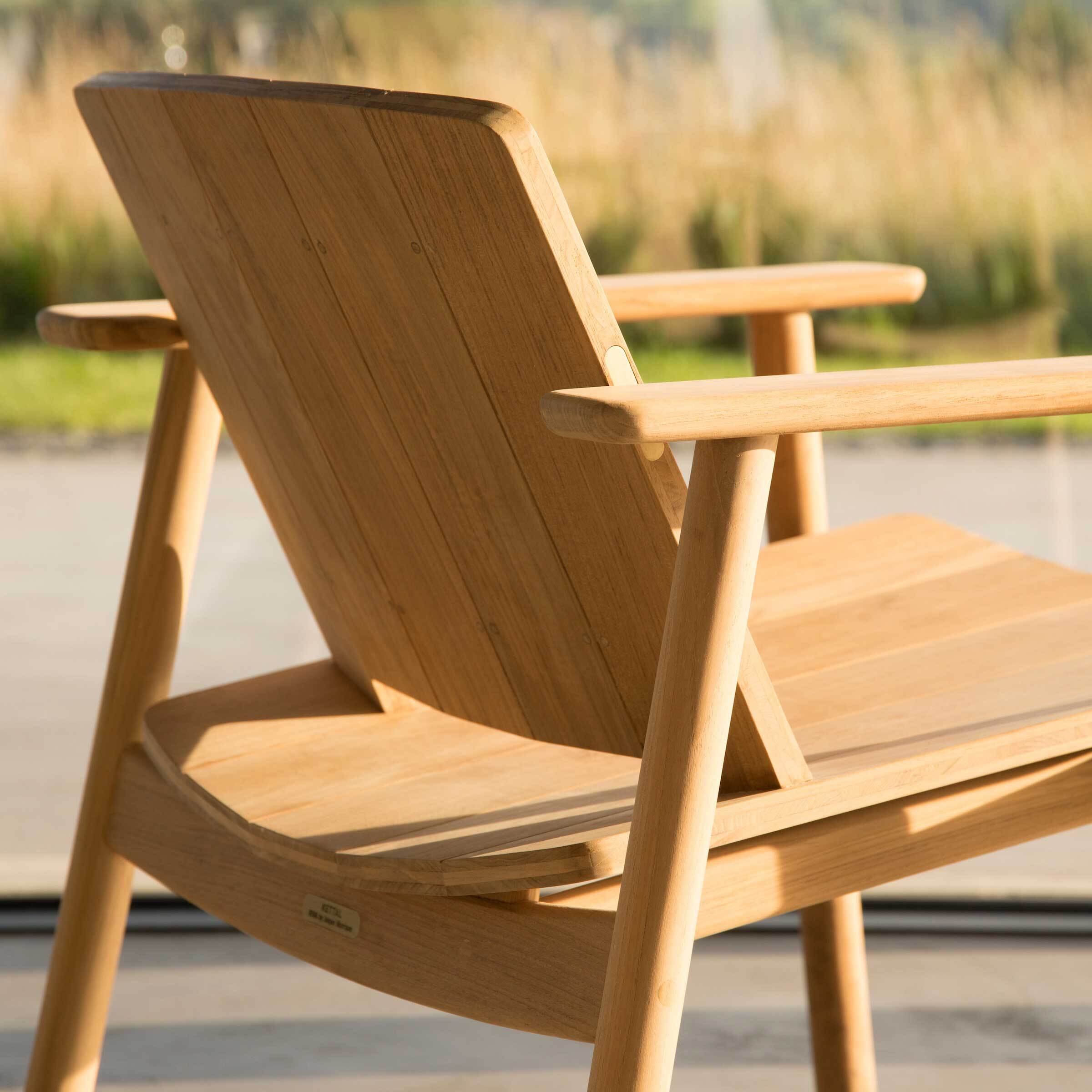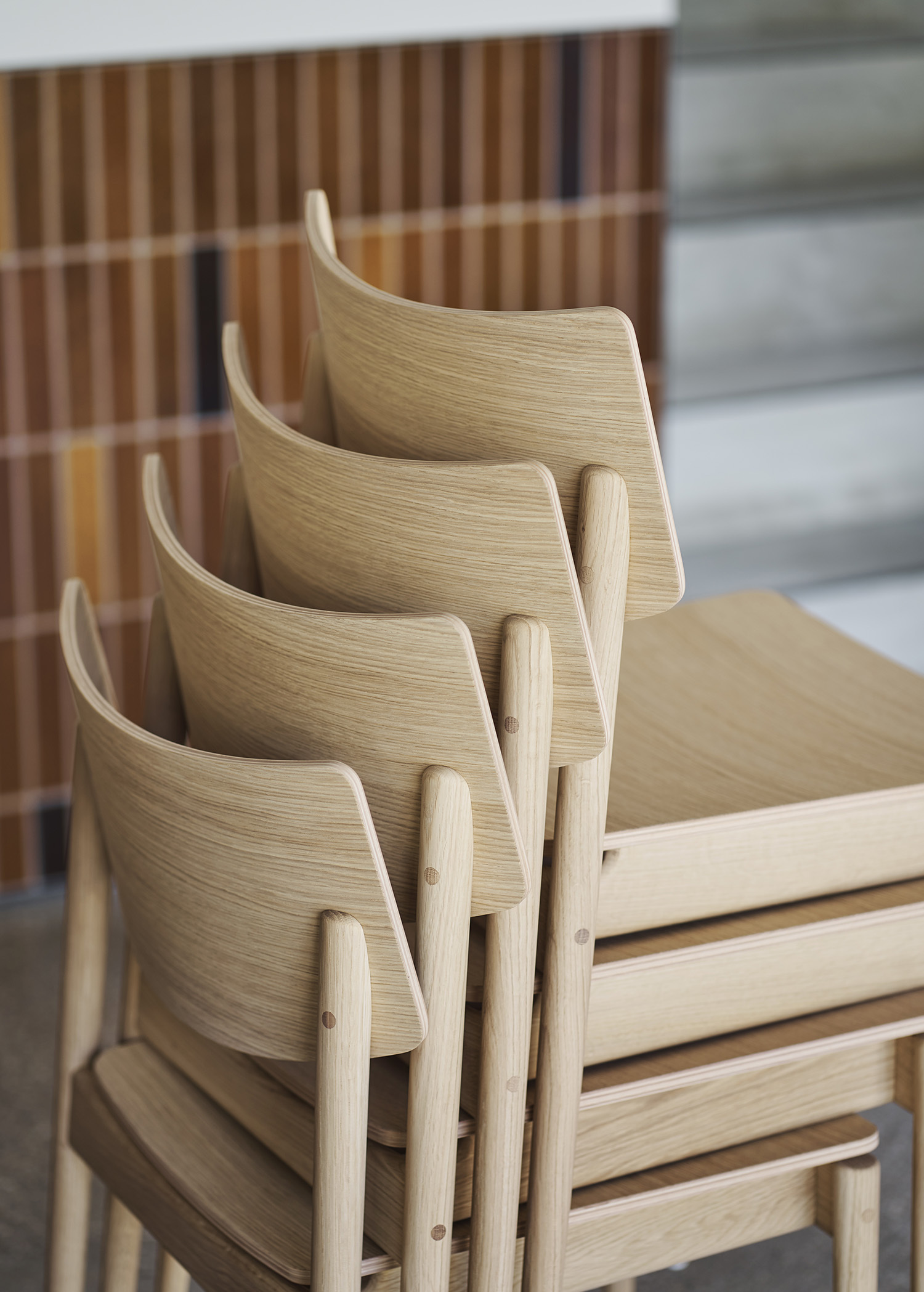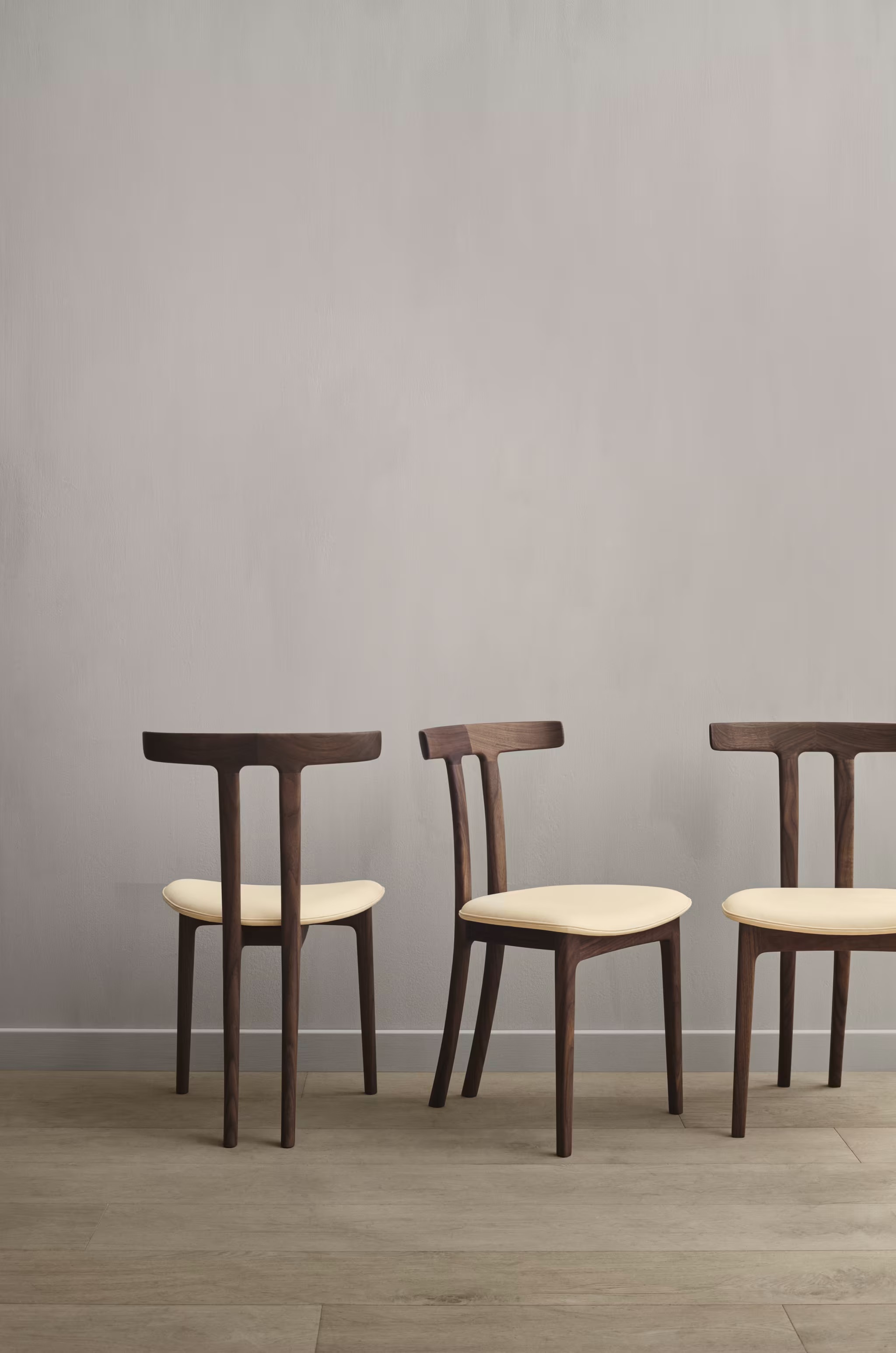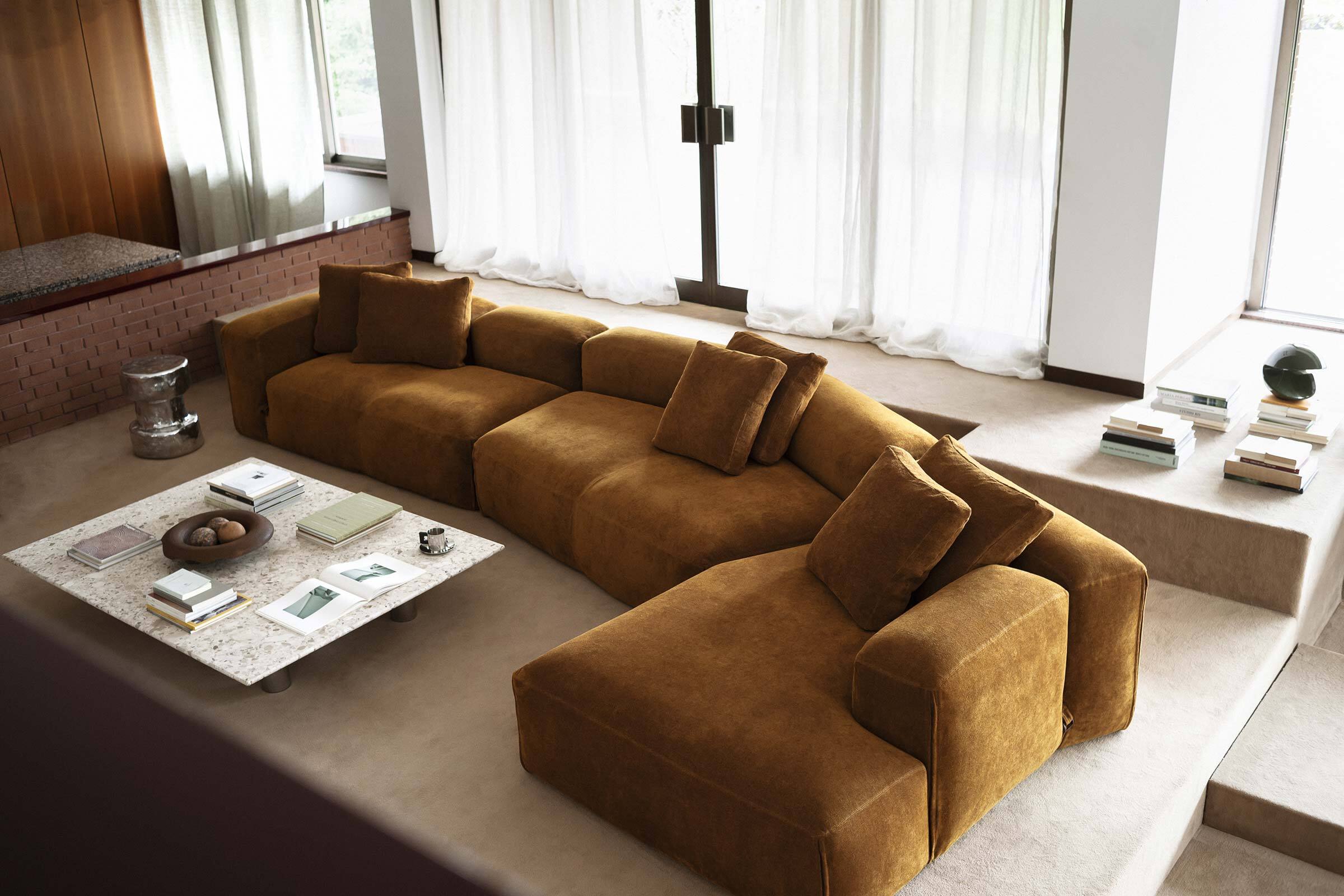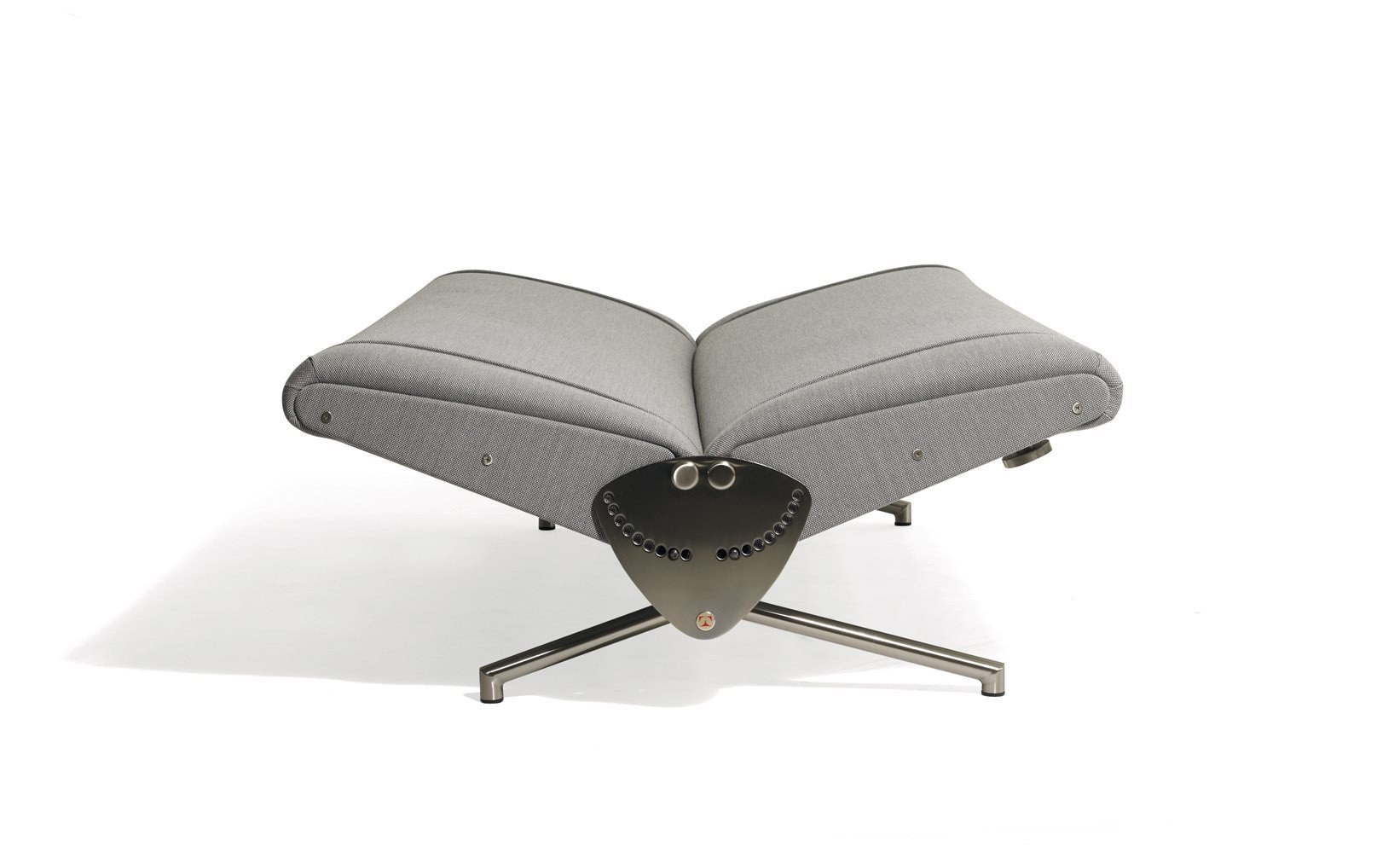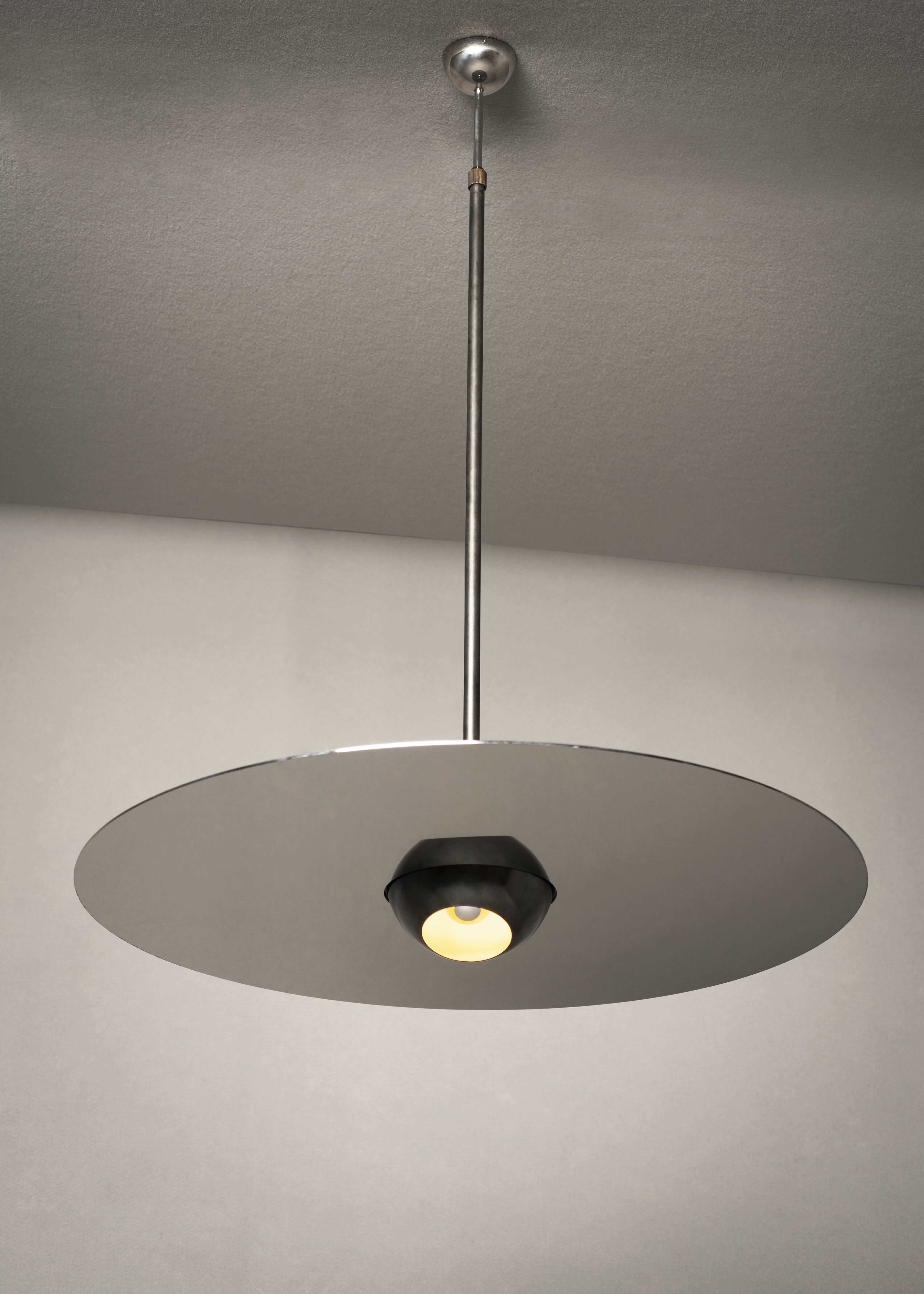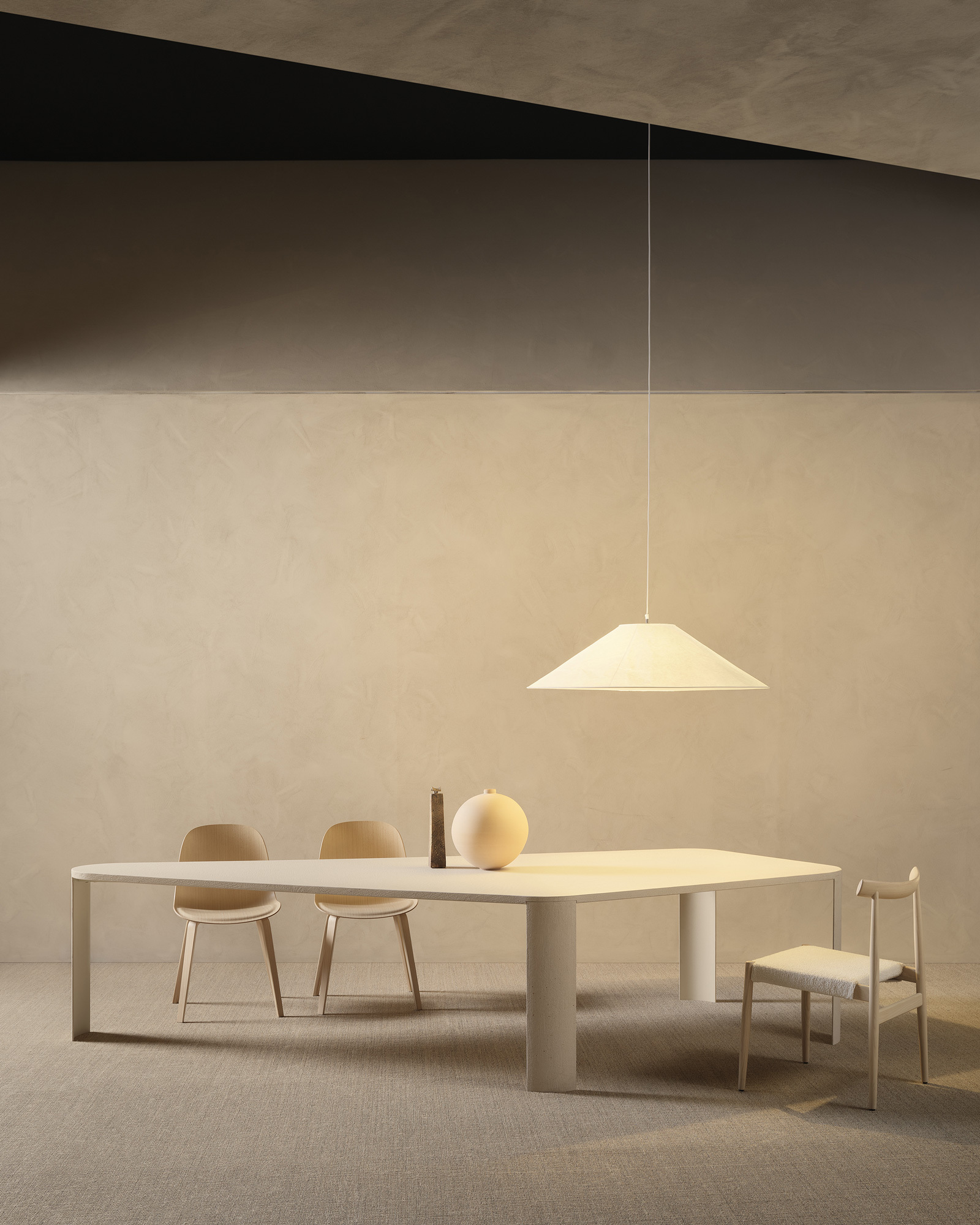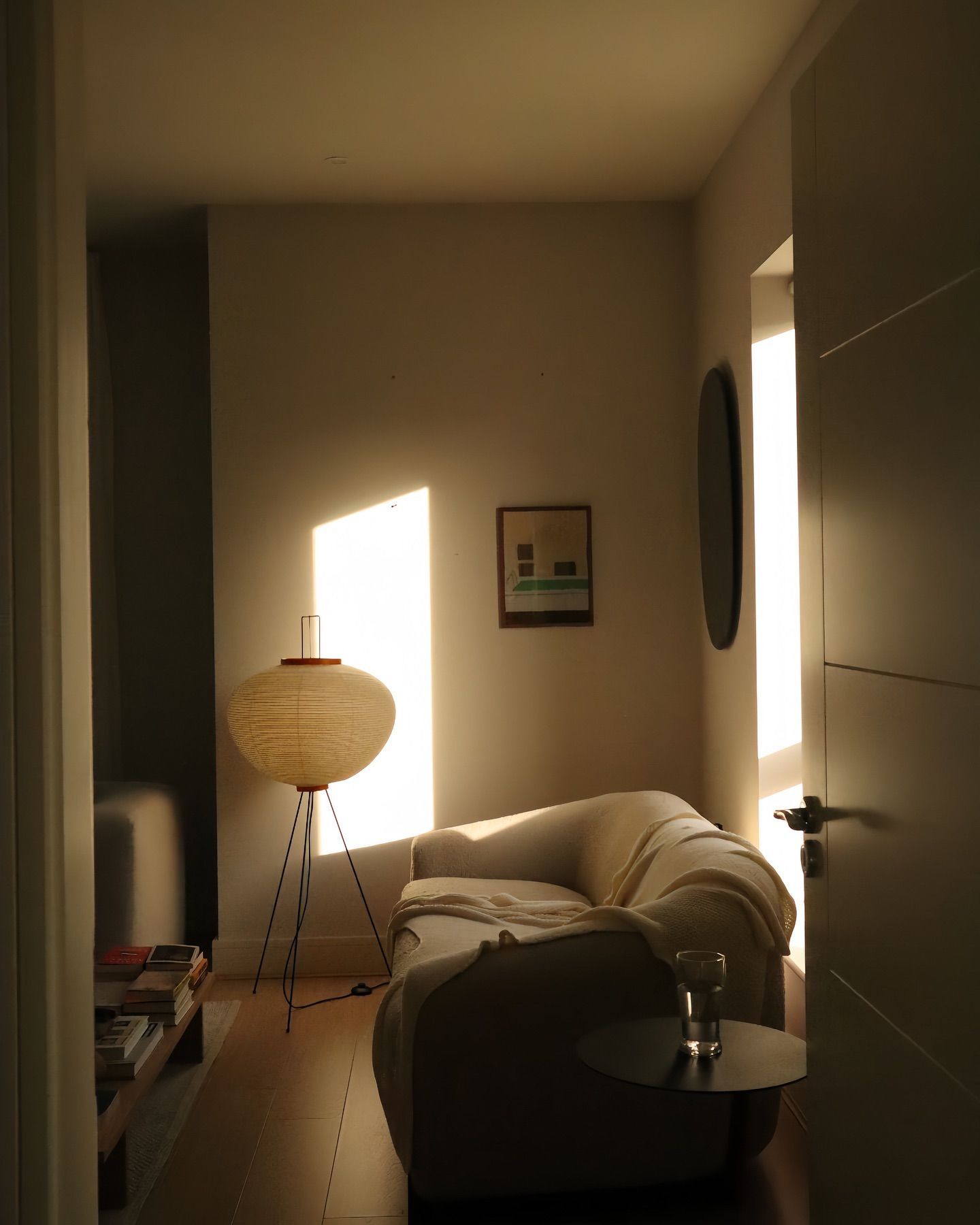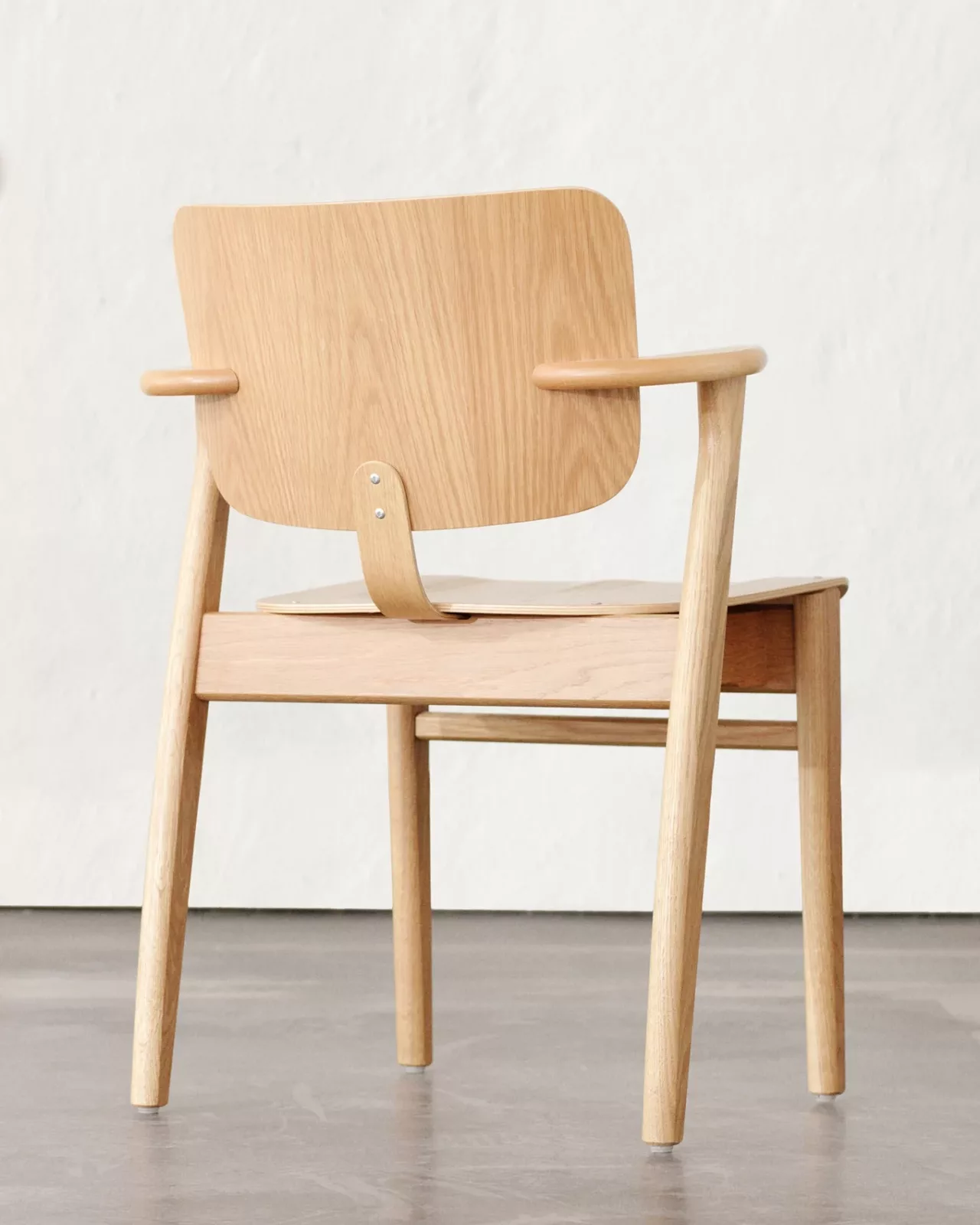
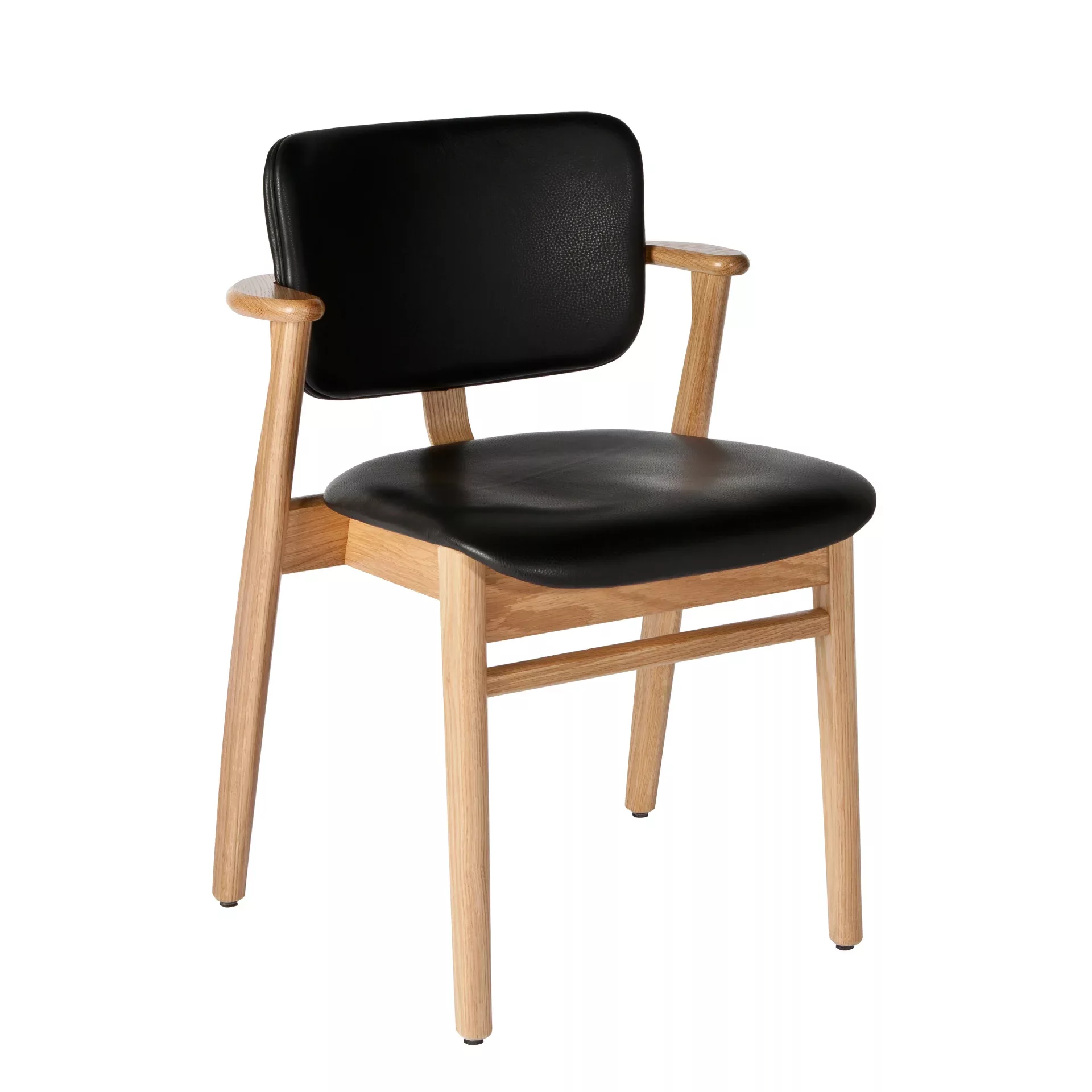
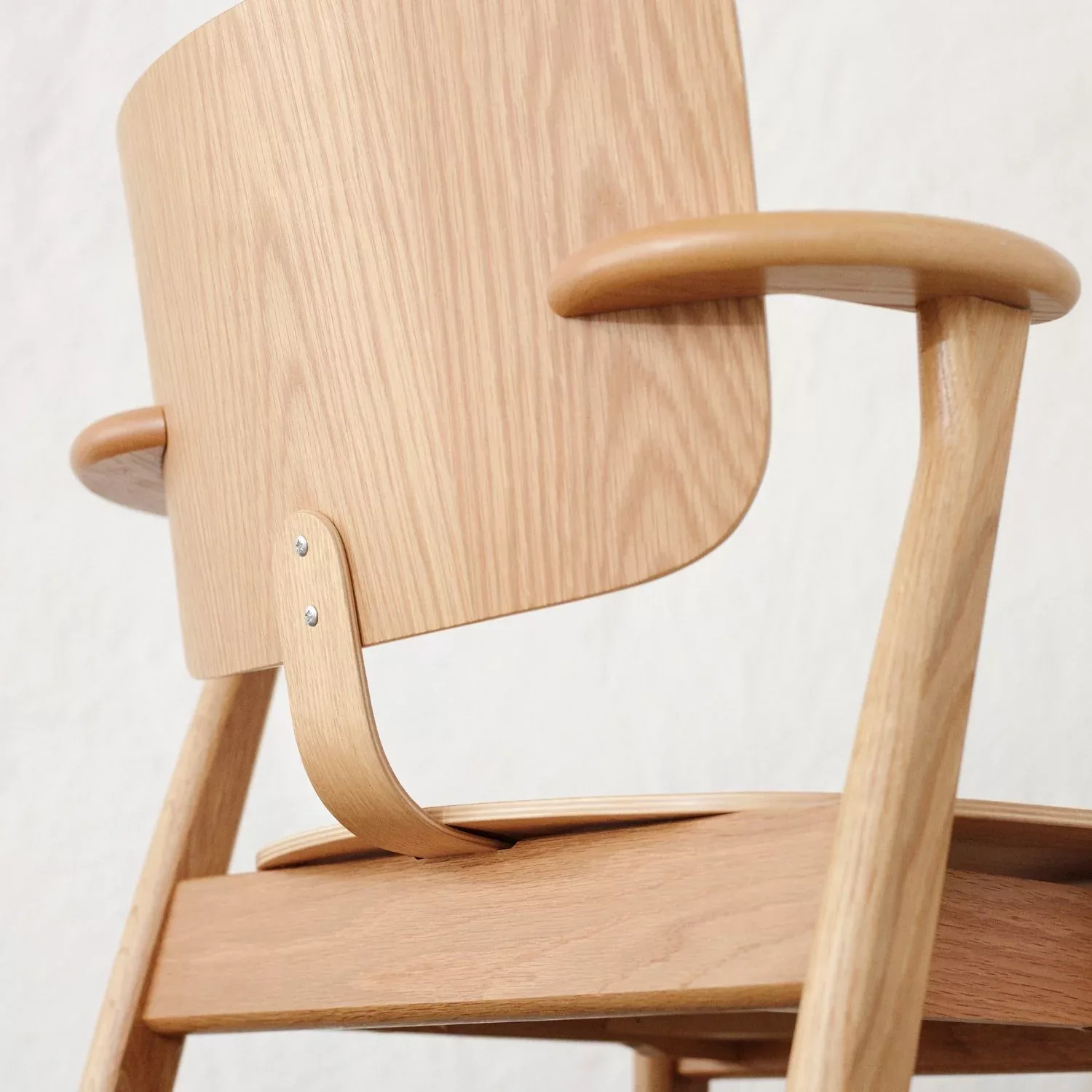
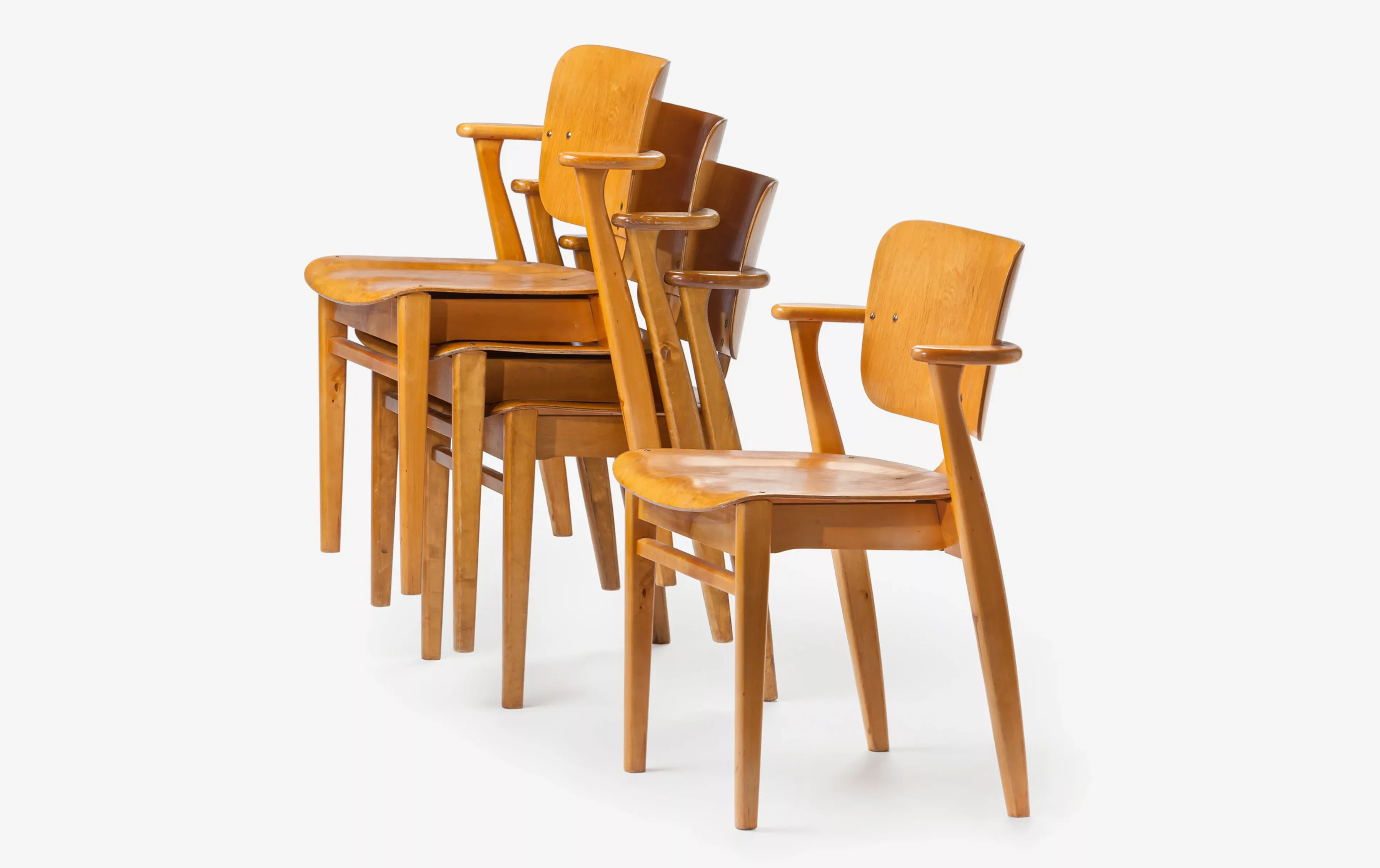
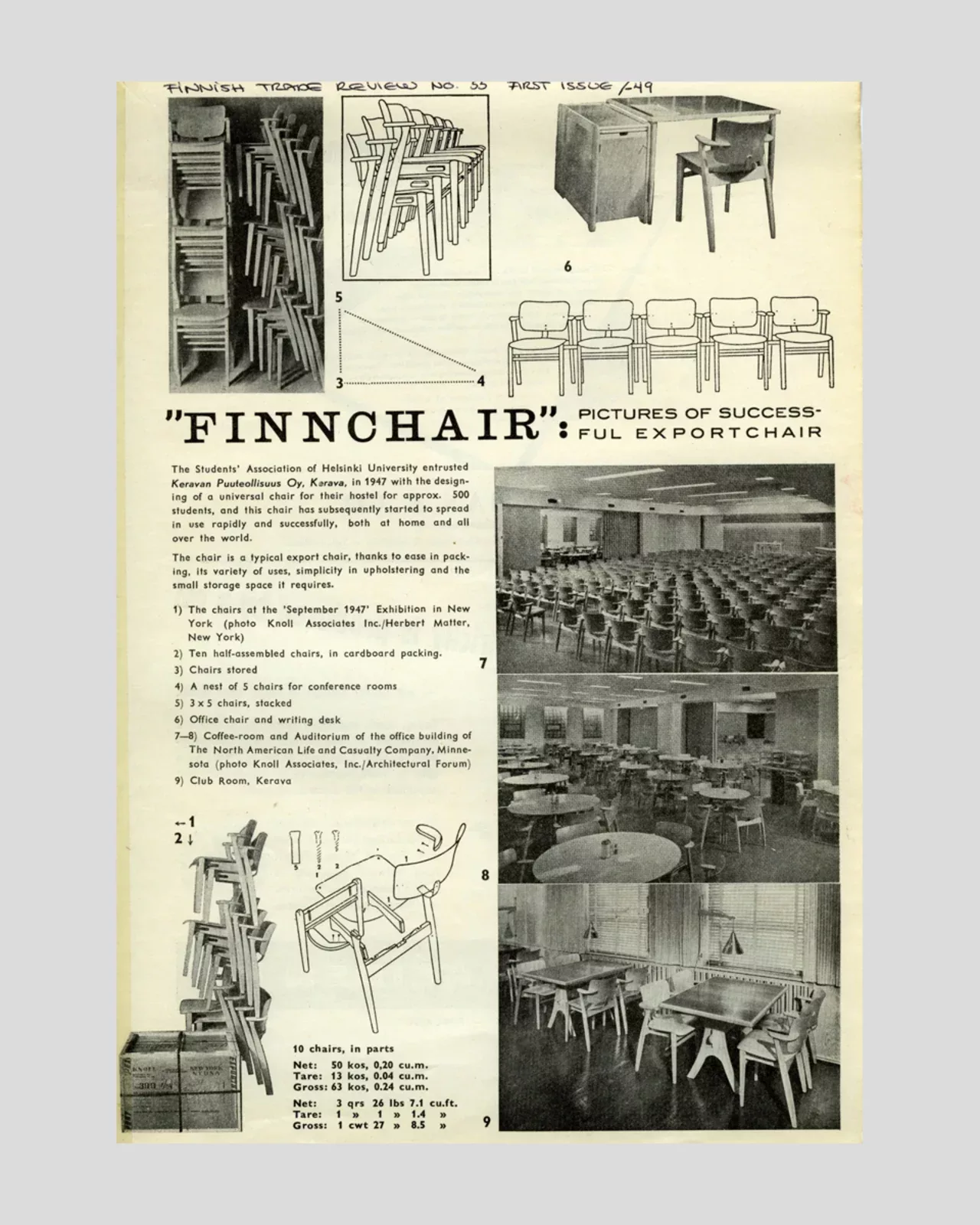
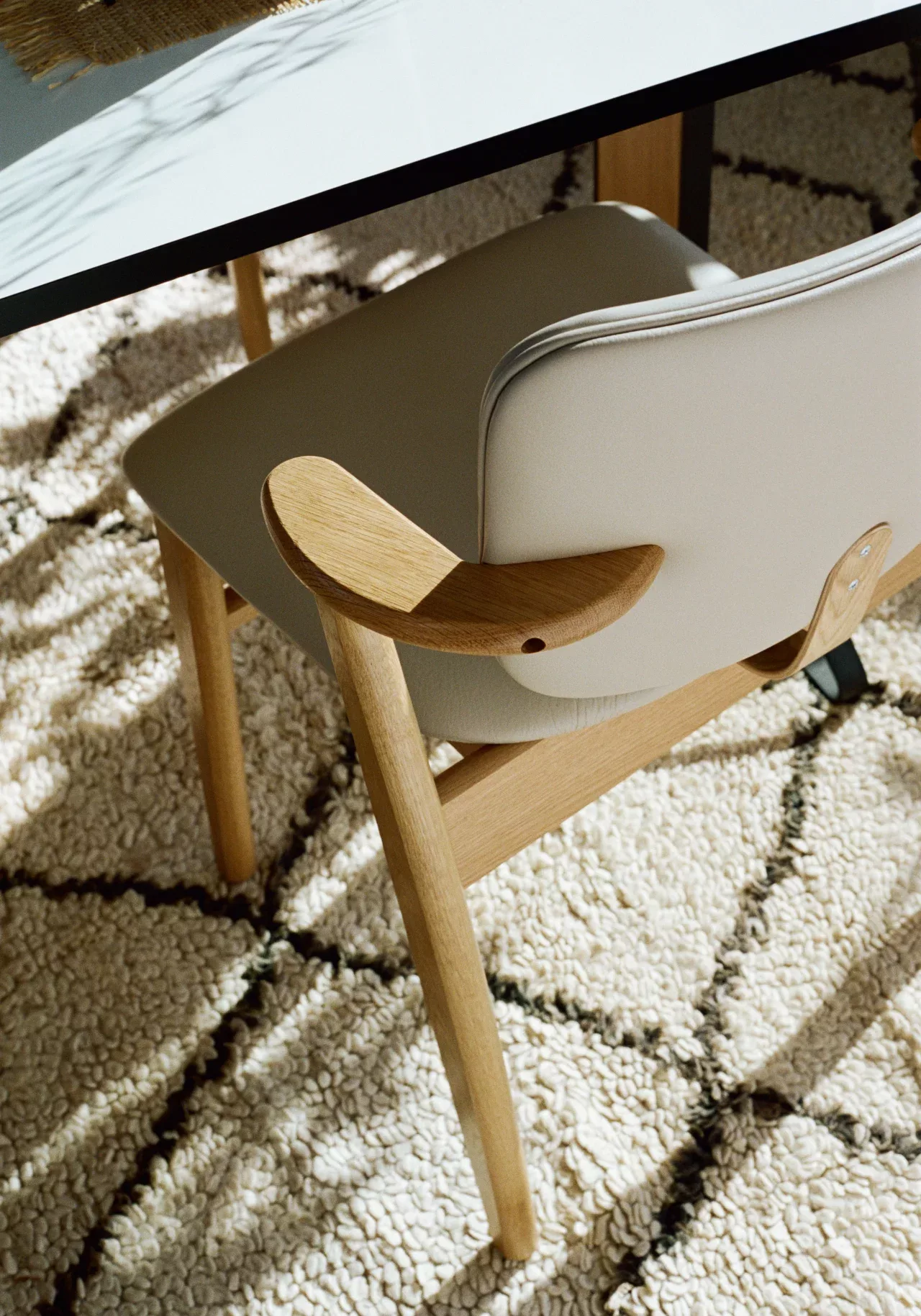
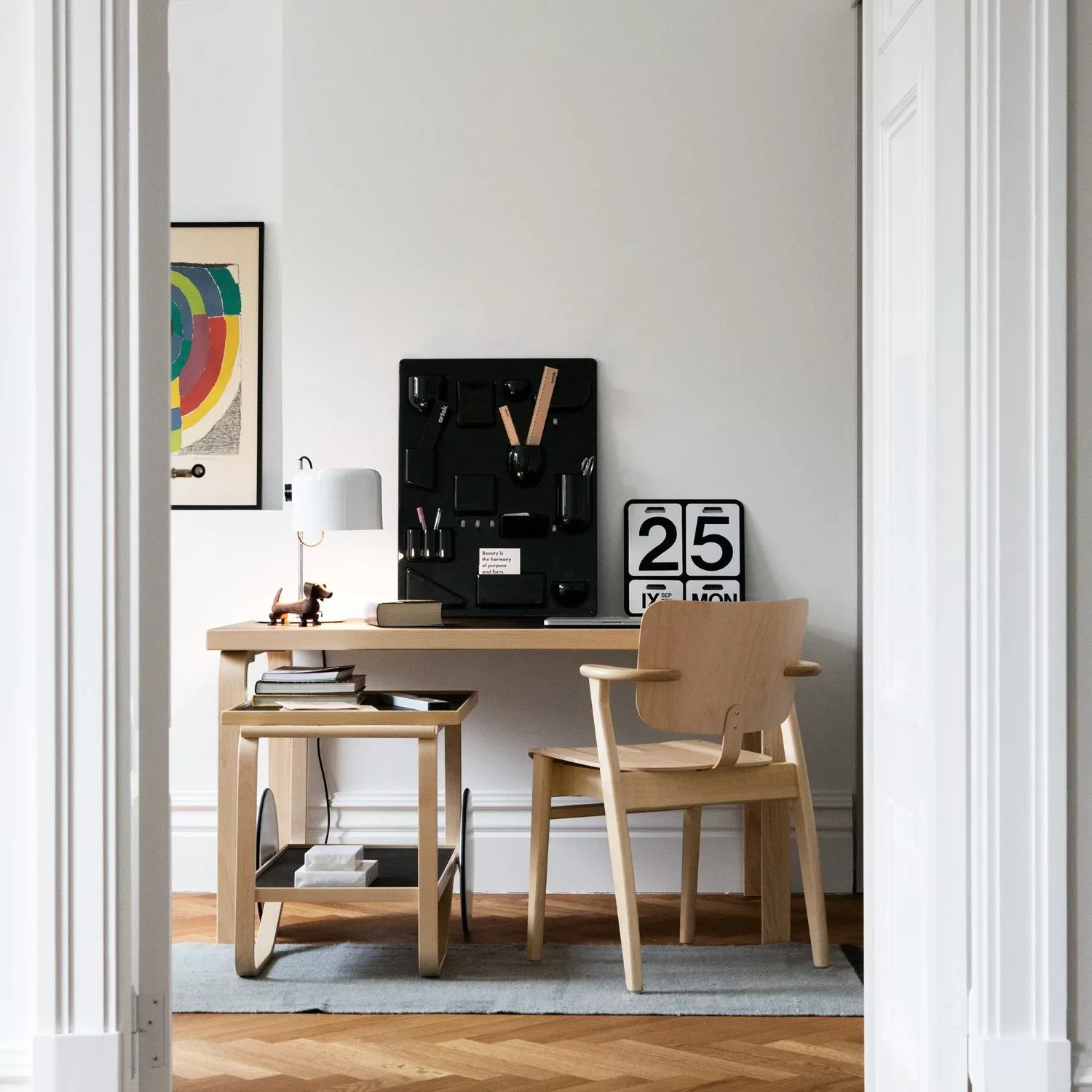


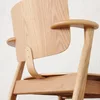



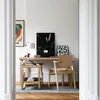
Domus
Category
Seats
Brand
Designer
Dimensions
L 48 cm - P 54 cm - H 44.5/79 cm
Finiture
Birch, Oak, Upholstery on request
Year
1946
The Domus chair, designed by Ilmari Tapiovaara in 1946 for Artek, is an icon of Finnish design. Originally created for the Domus Academica residential complex in Helsinki, it is made of solid birch or oak, with a seat and backrest in bent plywood. The short armrests offer support without impeding access to the table, making it ideal for the study or dining room. The chair can be stacked up to four high, combining functionality and aesthetics in a timeless design.
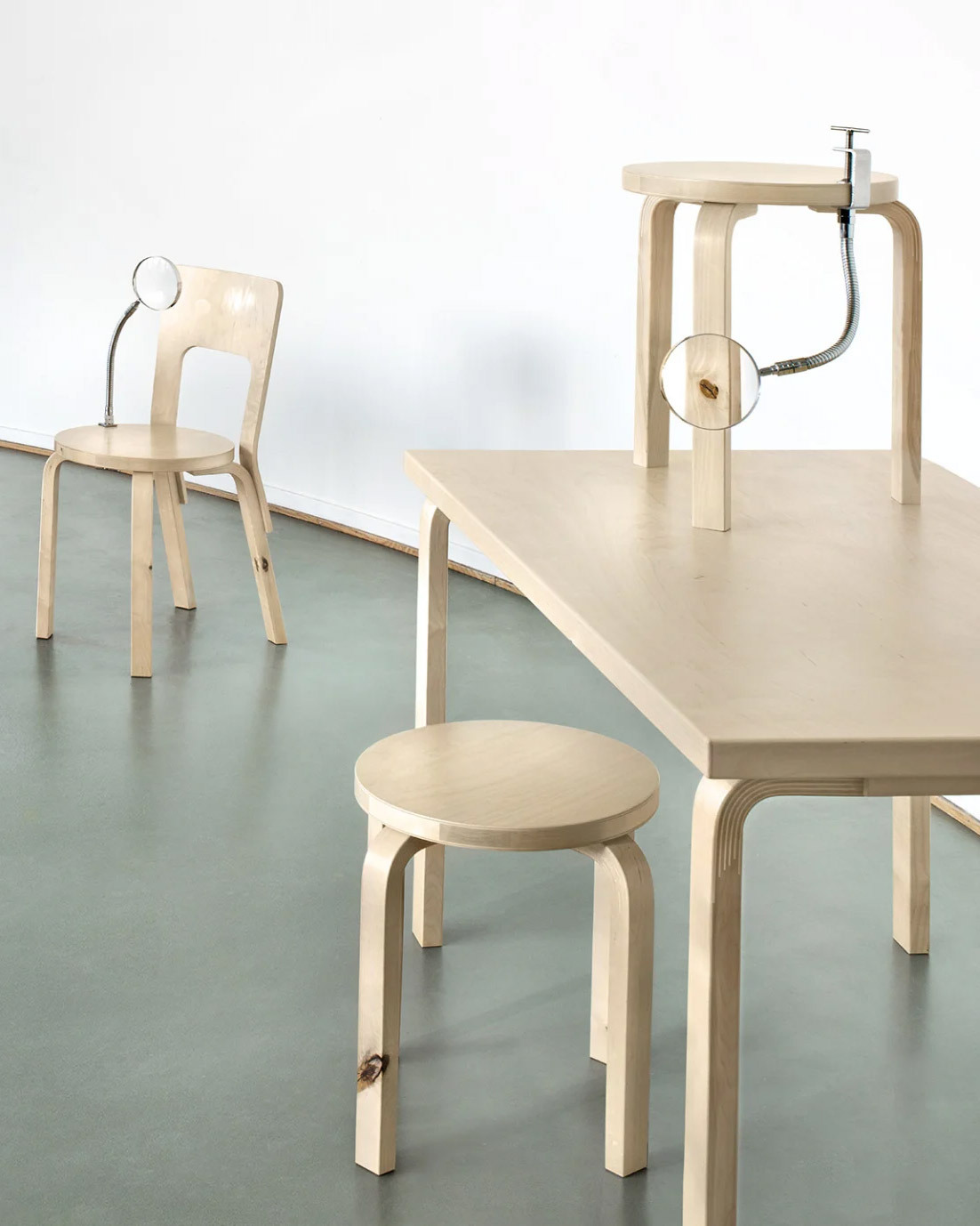
Artek
Founded in Helsinki in 1935 by four young idealists: Alvar and Aino Aalto, Maire Gullichsen and Nils-Gustav Hahl, Artek was born with the aim of selling furniture and promoting a modern culture of living through exhibitions and other educational means. The company's name is a combination of the words "art" and "technology", fundamental concepts for the modernist movement of the 1920s that saw the connection between these two spheres as the innovation of modern design. Artek's collection consists of furniture, lighting and accessories designed by Finnish and international masters.

Ilmari Tapiovaara
Ilmari Tapiovaara (1914-1999) was one of the greatest interior architects and designers of his era. He is often said to have captured the essence of Finnish identity, creating iconic objects that are still highly regarded today. After graduating in Furniture Design from the Central School of Applied Arts in Helsinki in 1937, he worked as an assistant in Le Corbusier's studio in Paris. He later became an art director and designer at Asko Oy, then one of the largest furniture manufacturers in Finland. Throughout his career, Tapiovaara pushed the boundaries of traditional design, dedicating himself to projects that ranged from wood sculptures to graphics, from movie posters to kitchen accessories, to a portable grill. With the mind of an explorer and the soul of a craftsman, he always looked for new solutions to improve everyday objects.
Results for:
No Results
Discover the selection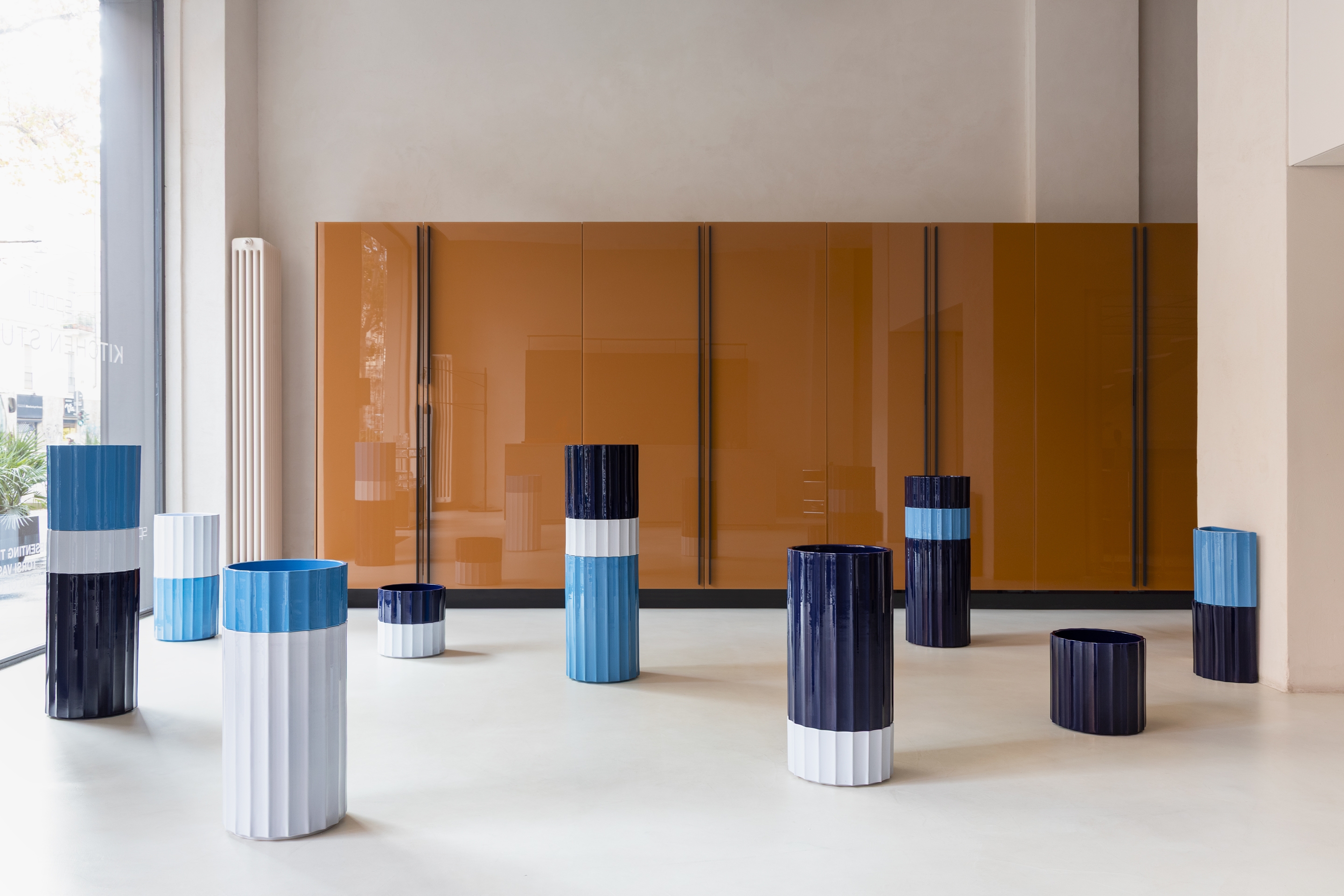
Torsi
Bitossi Ceramiche
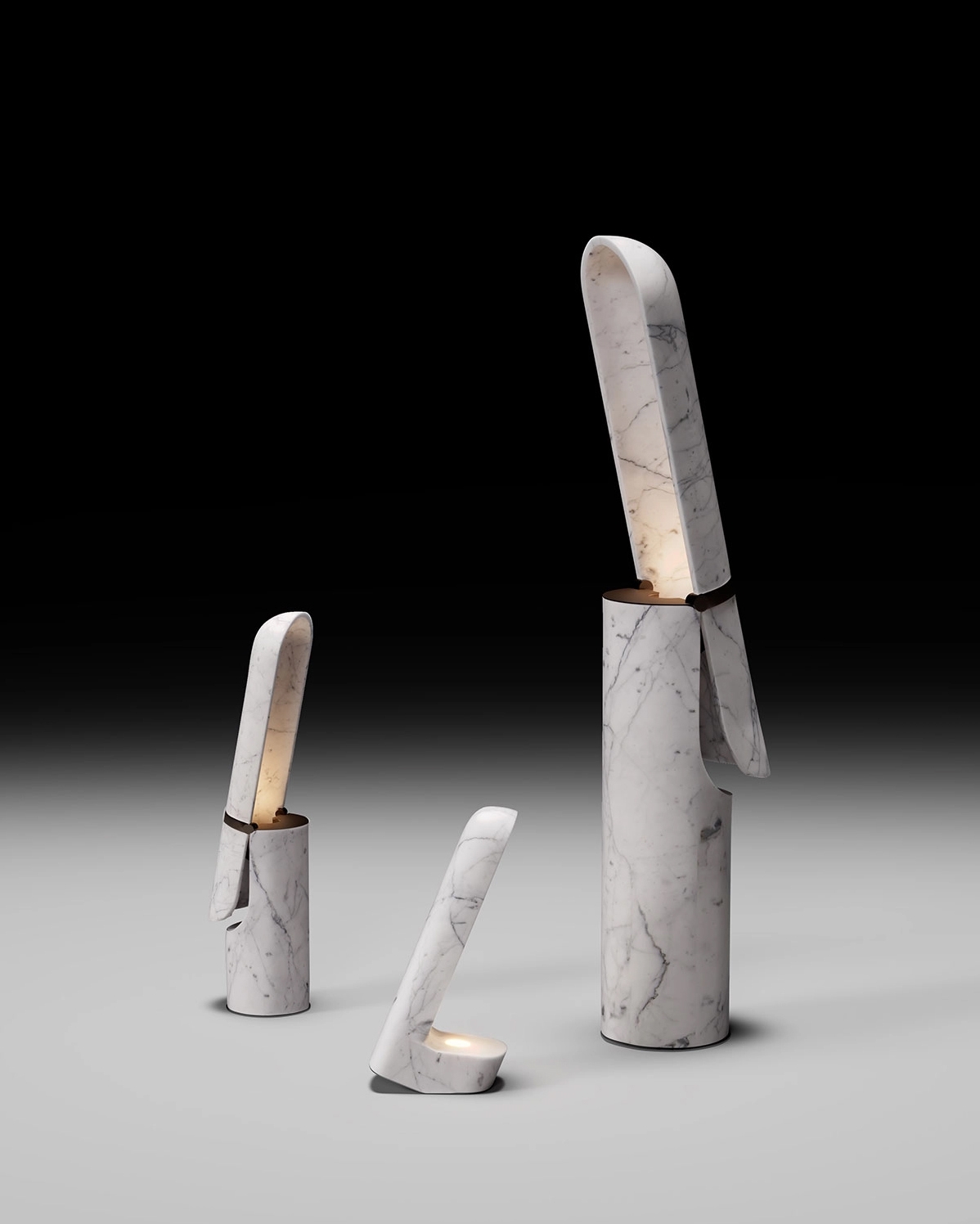
Révérence
Neutra
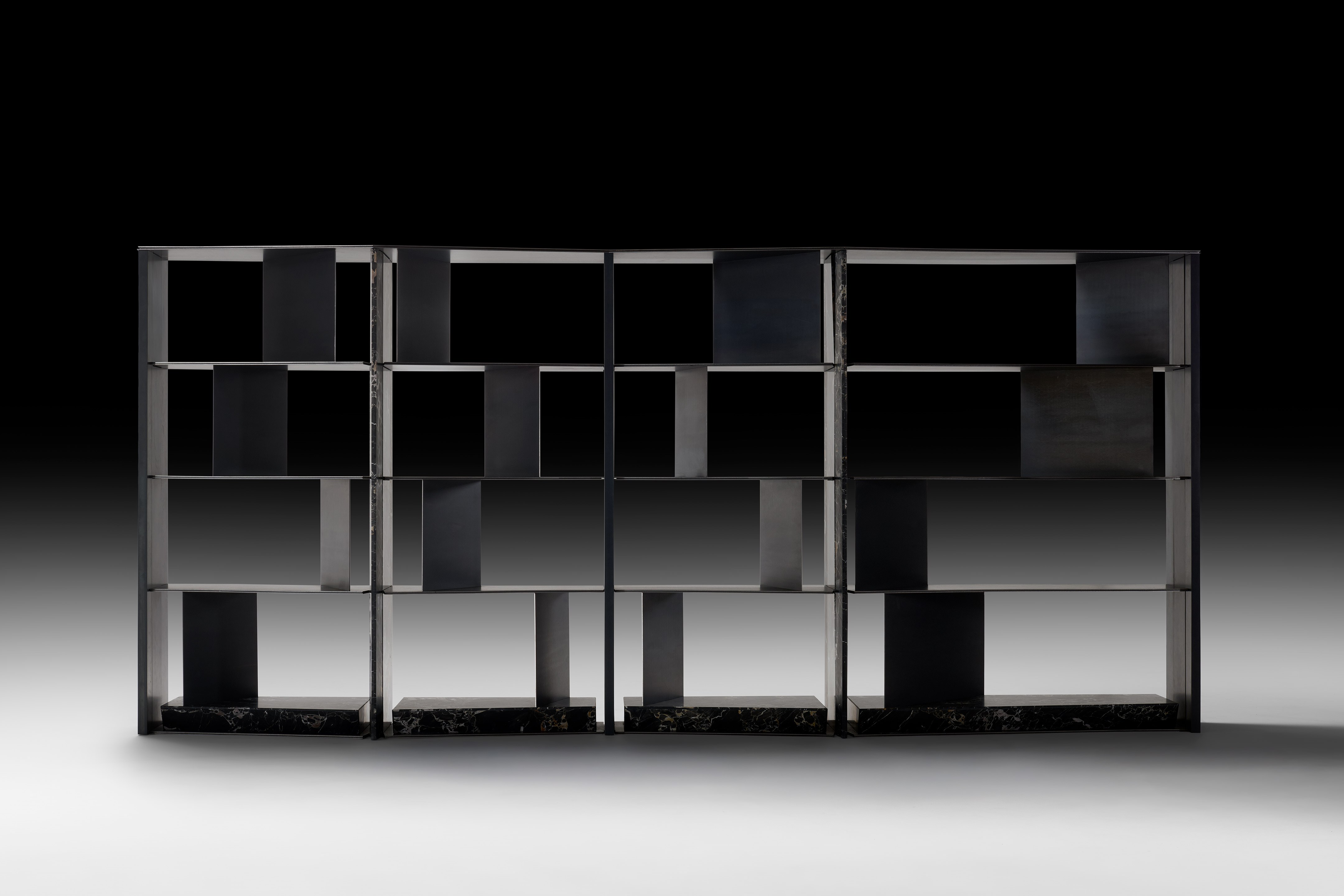
Pagina
Neutra
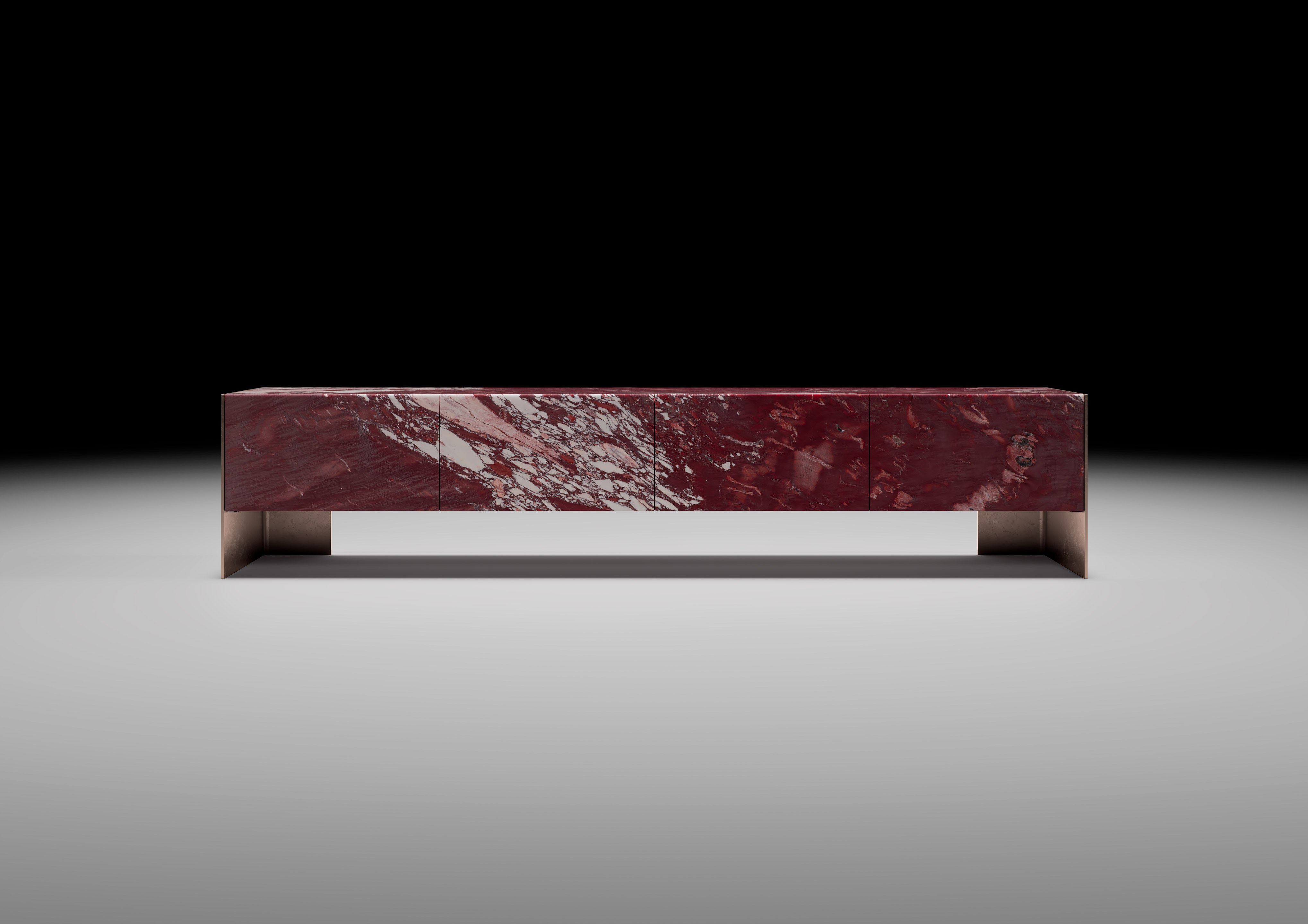
Onis
Neutra
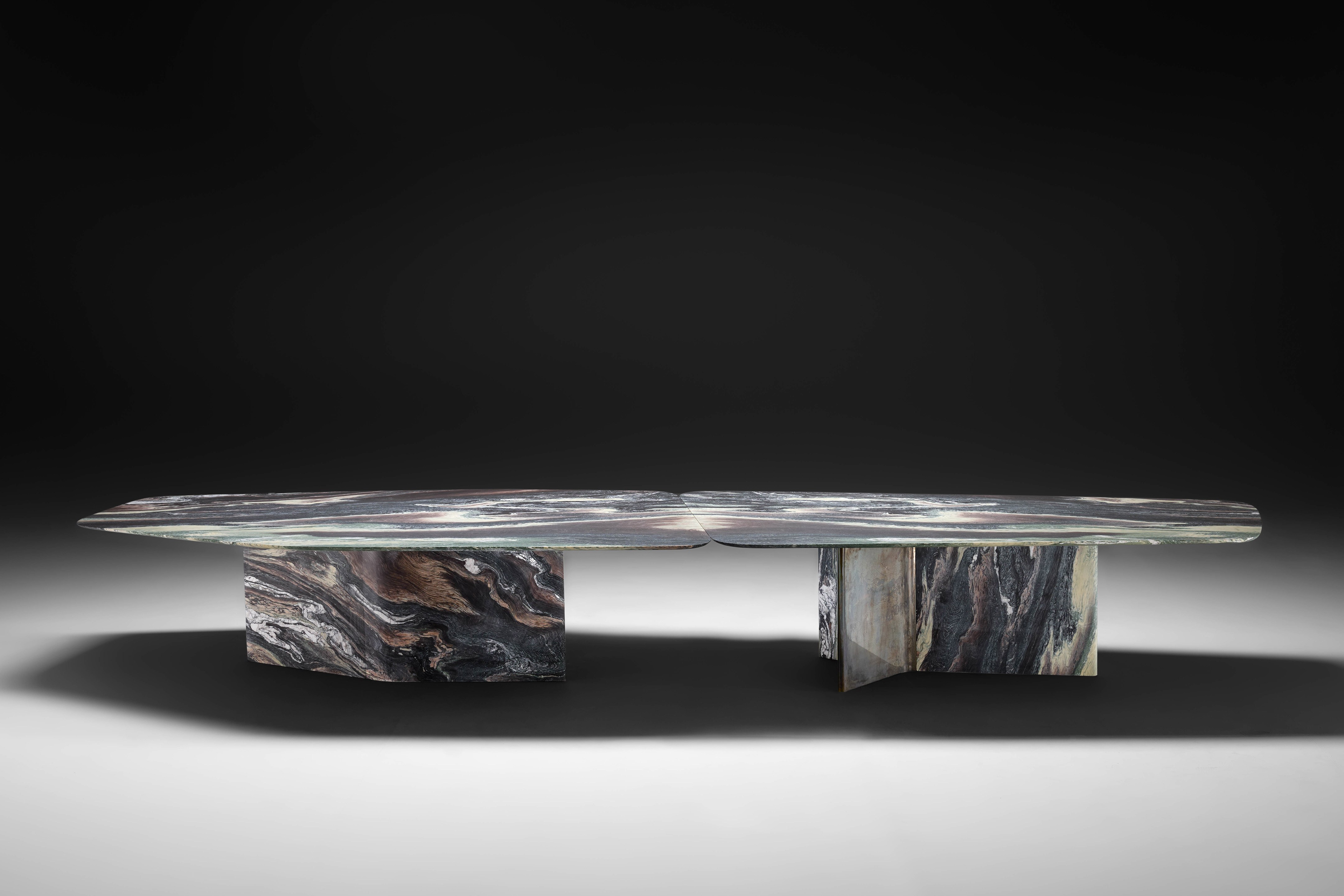
Islas
Neutra
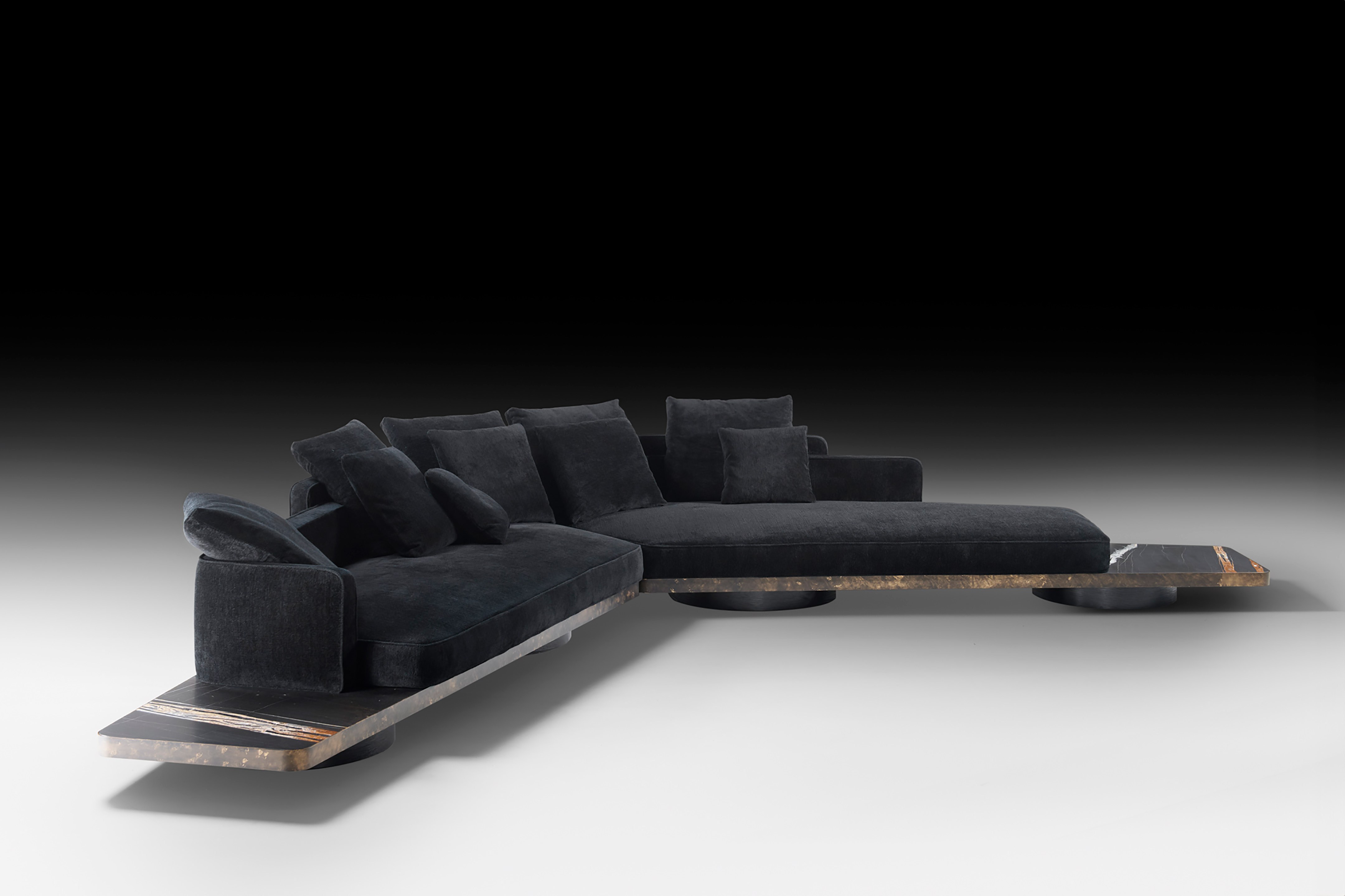
Ordos
Neutra
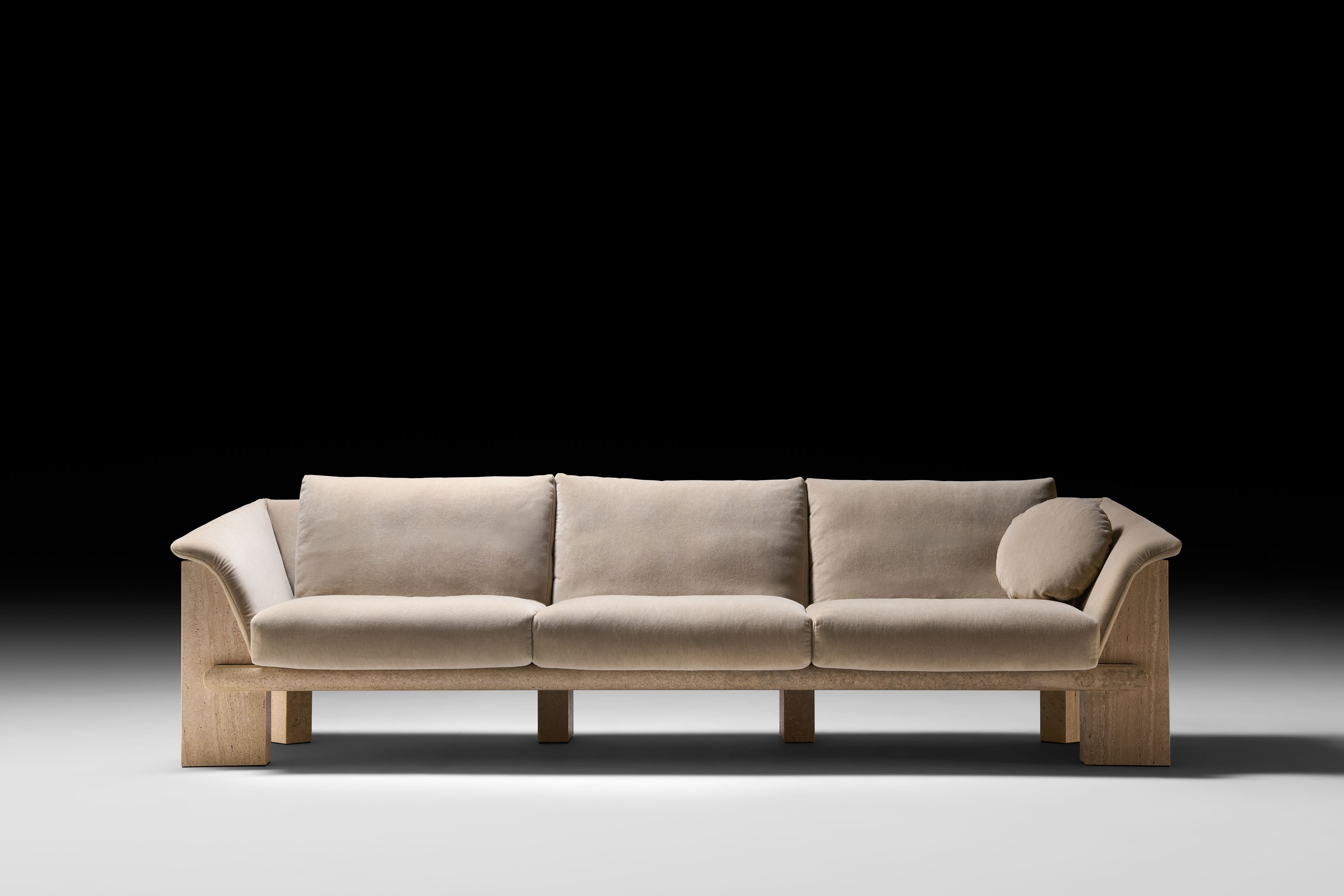
La Grande Muraglia
Neutra
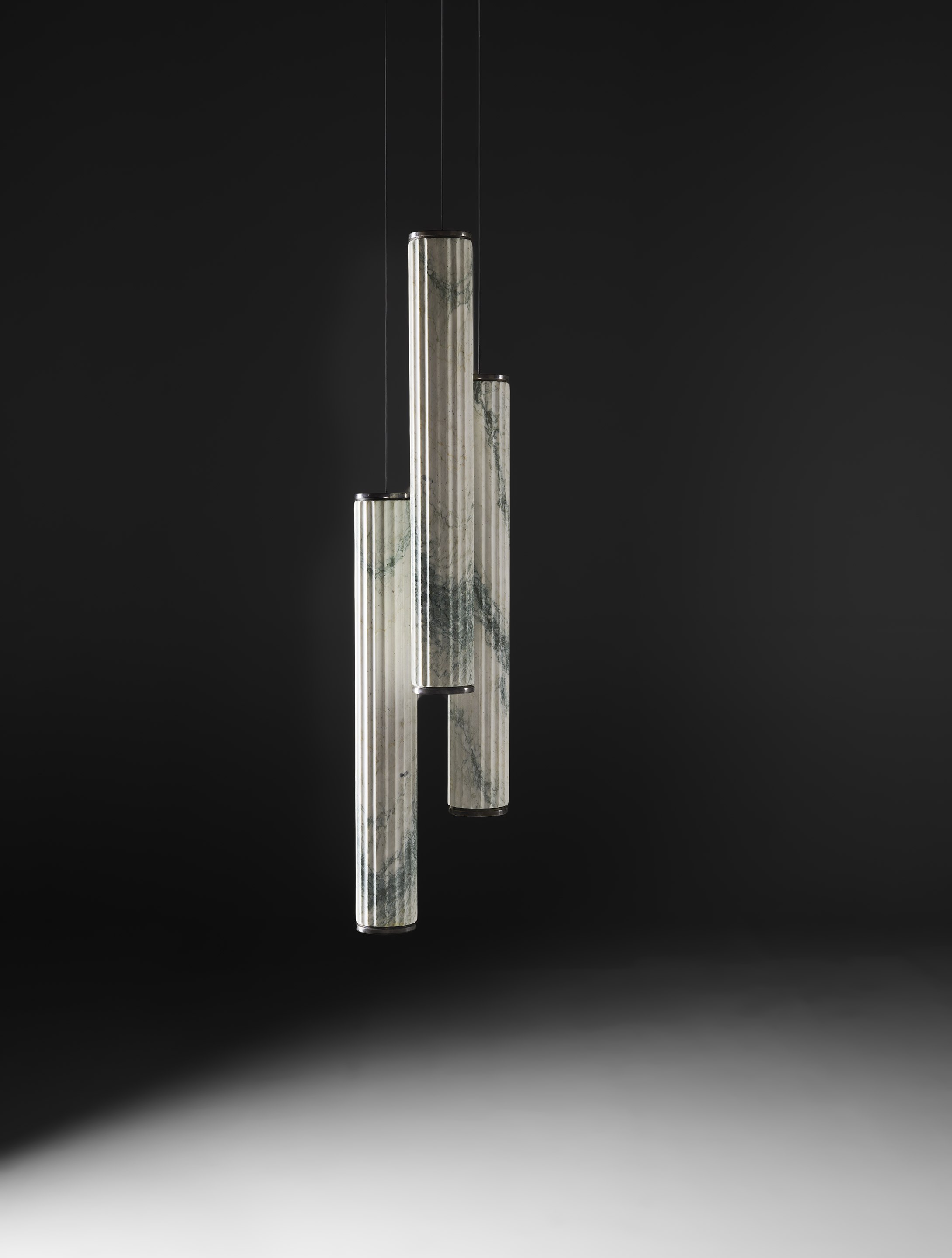
Eos
Neutra
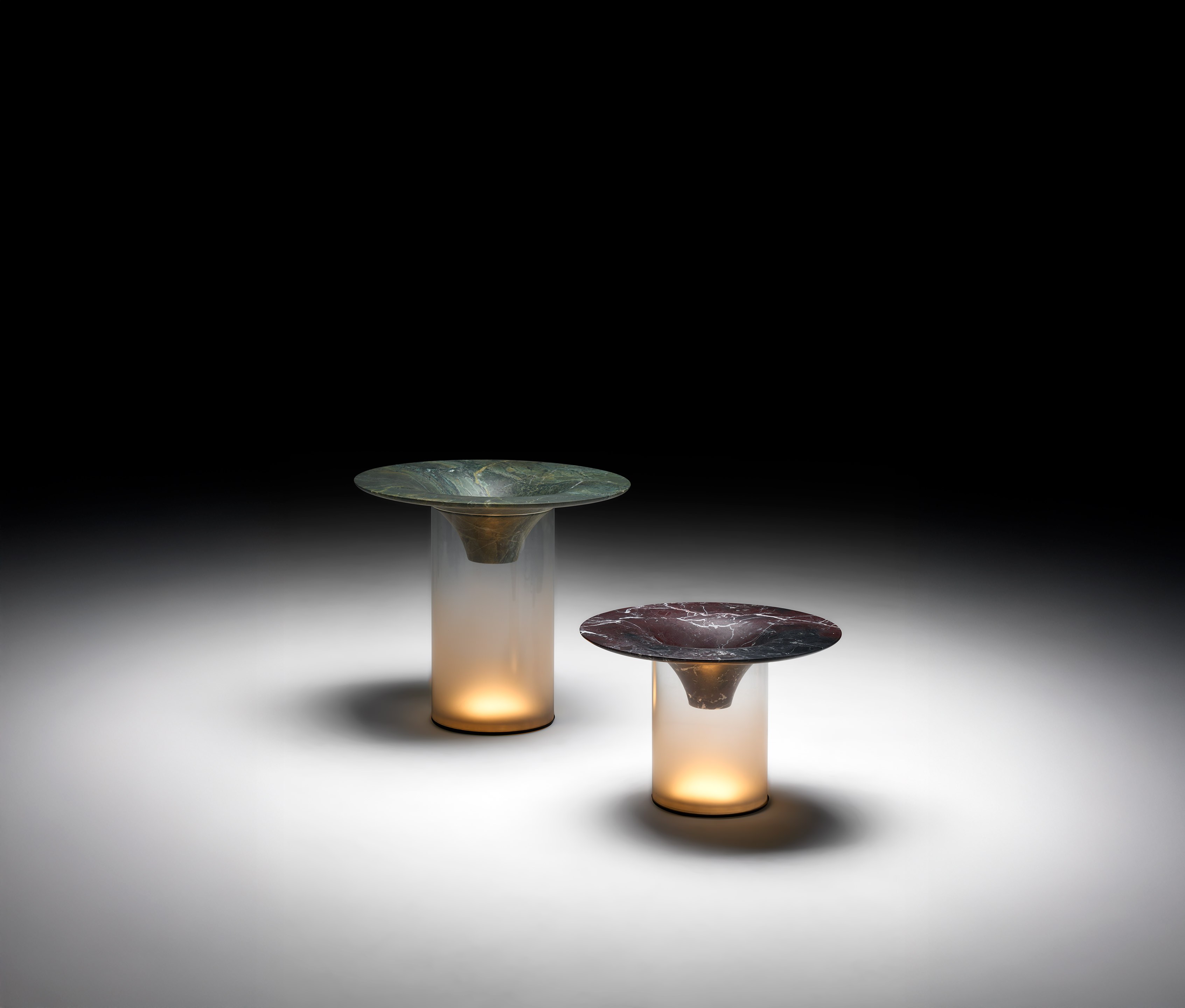
Strobilo
Neutra
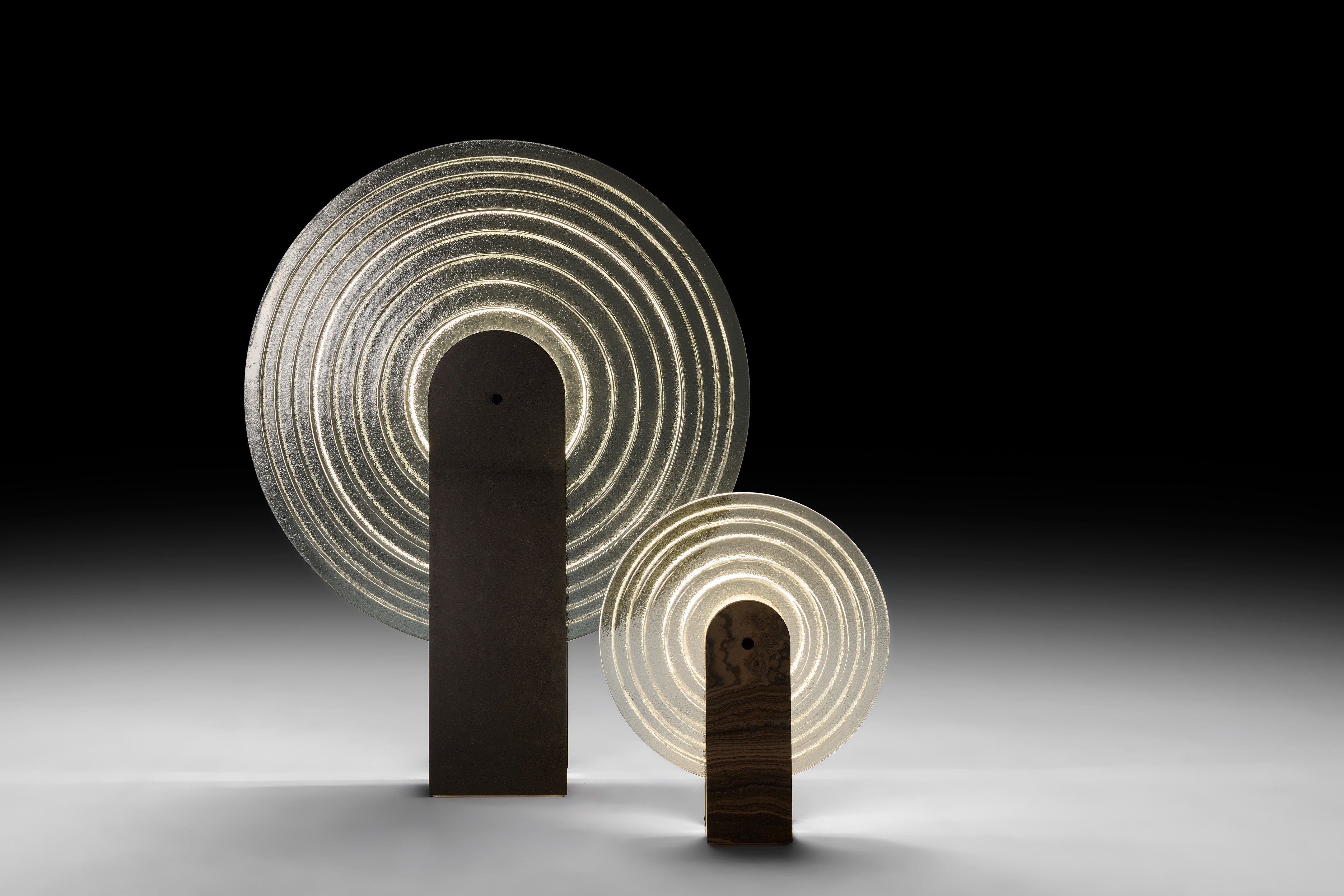
Lente
Neutra
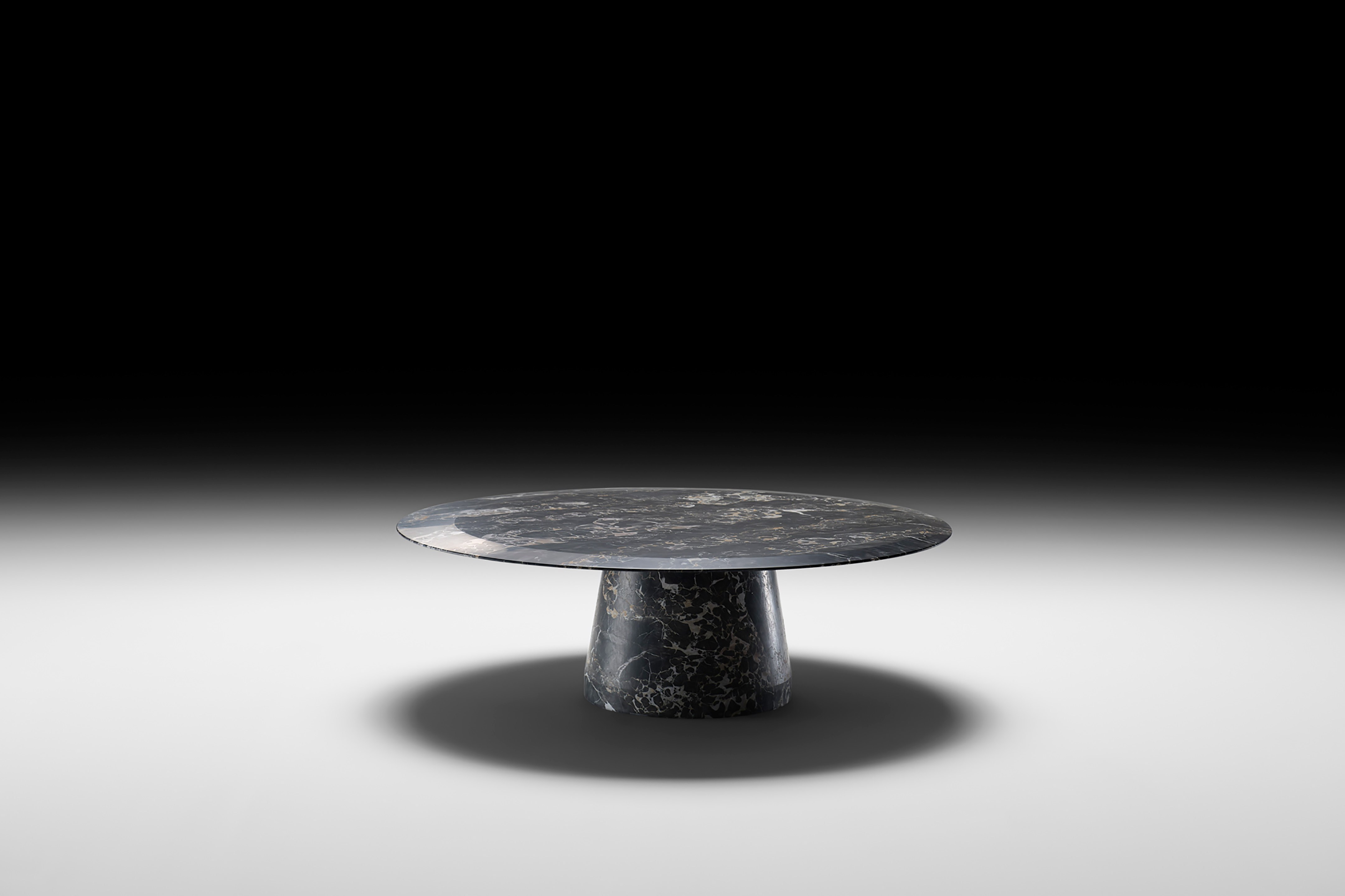
Coronae
Neutra
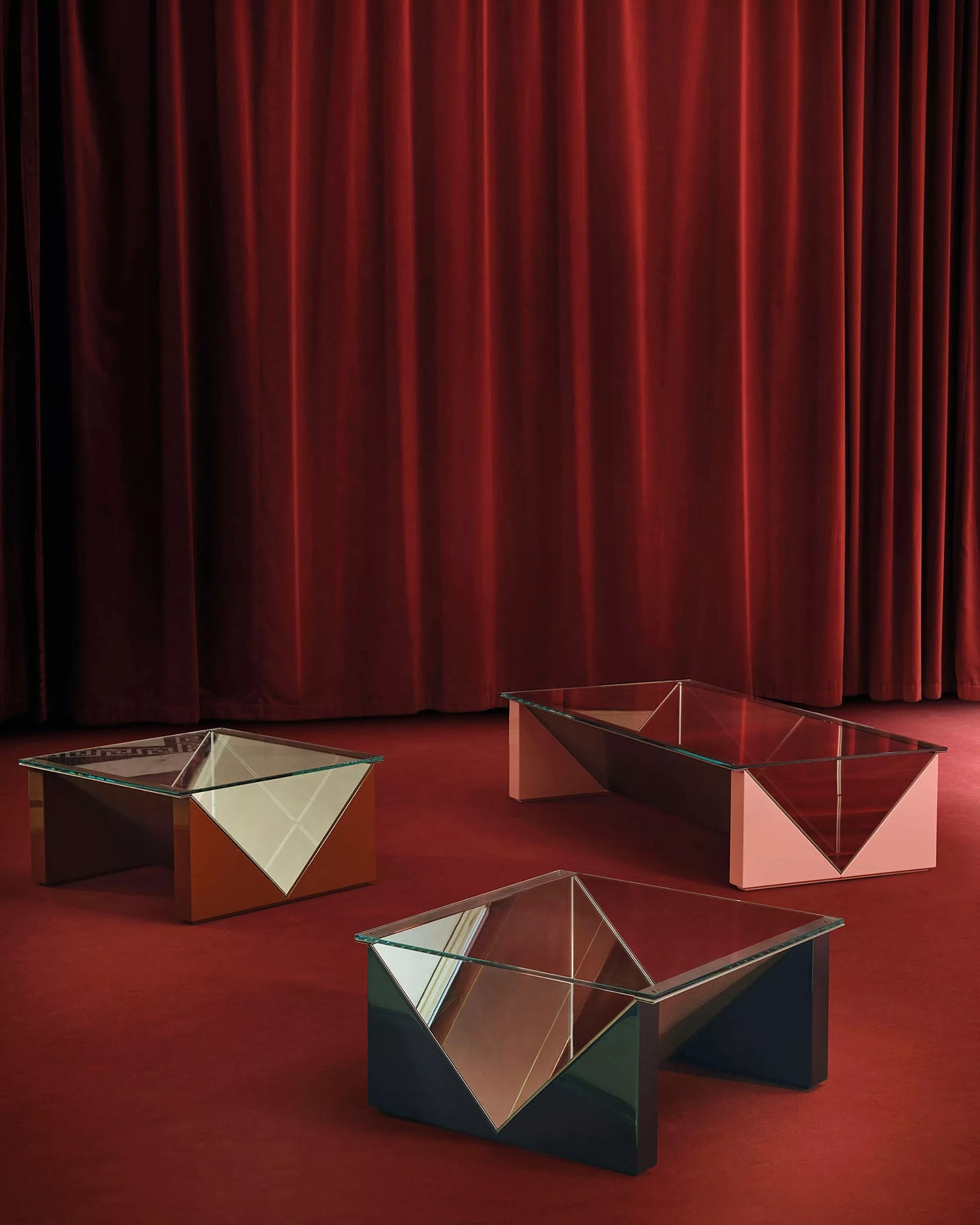
Napoleone
Acerbis
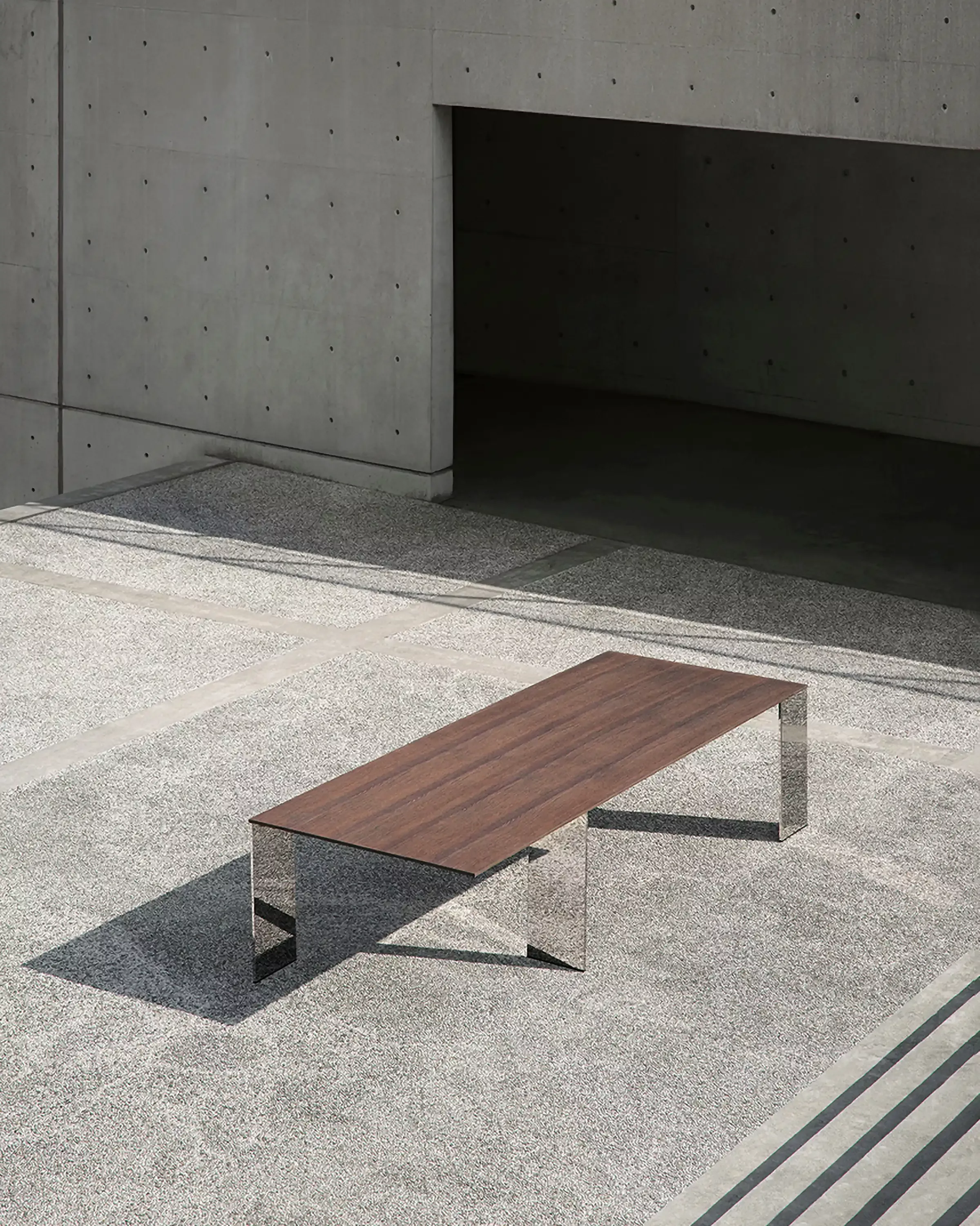
Axis
Acerbis
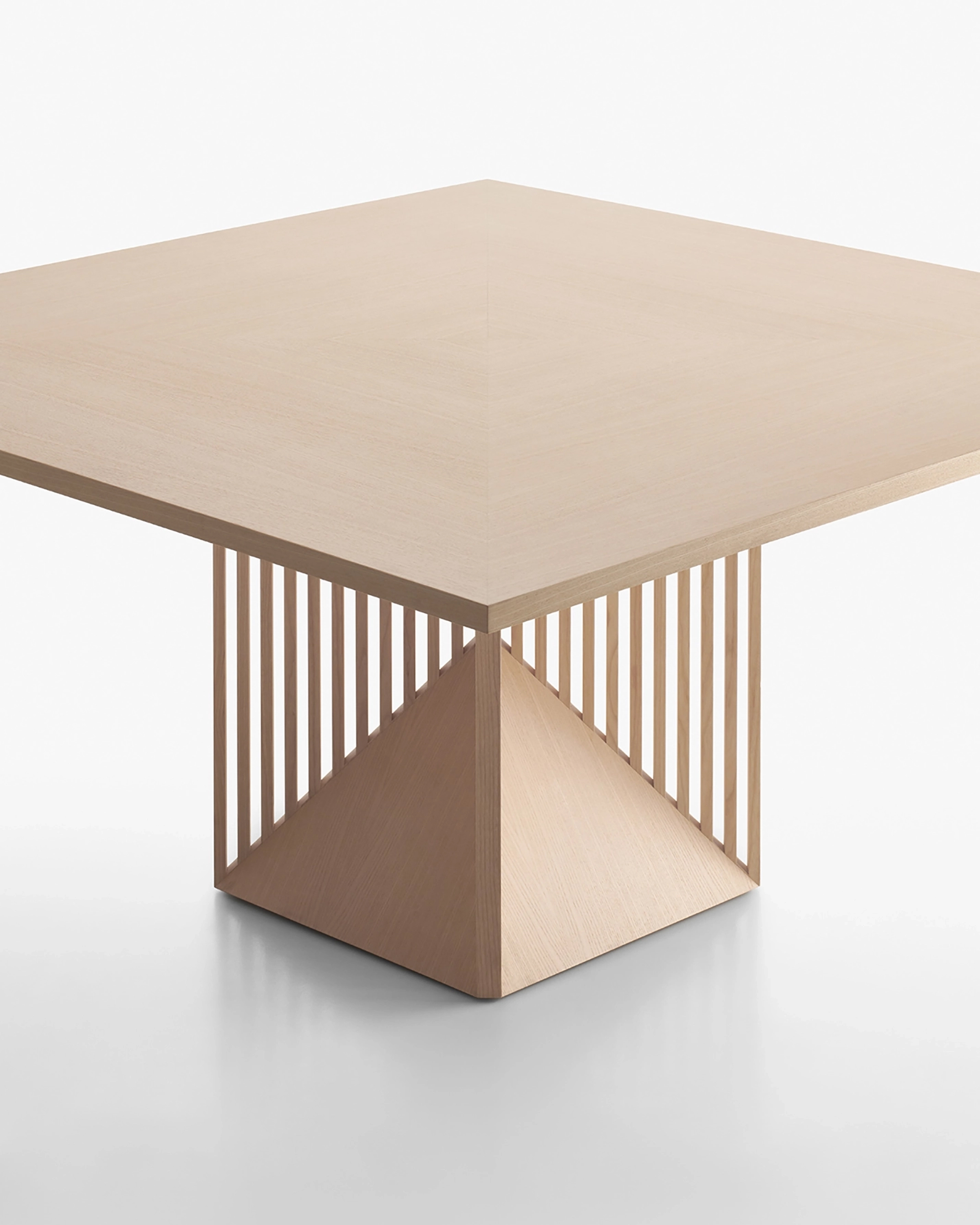
Maestro
Acerbis
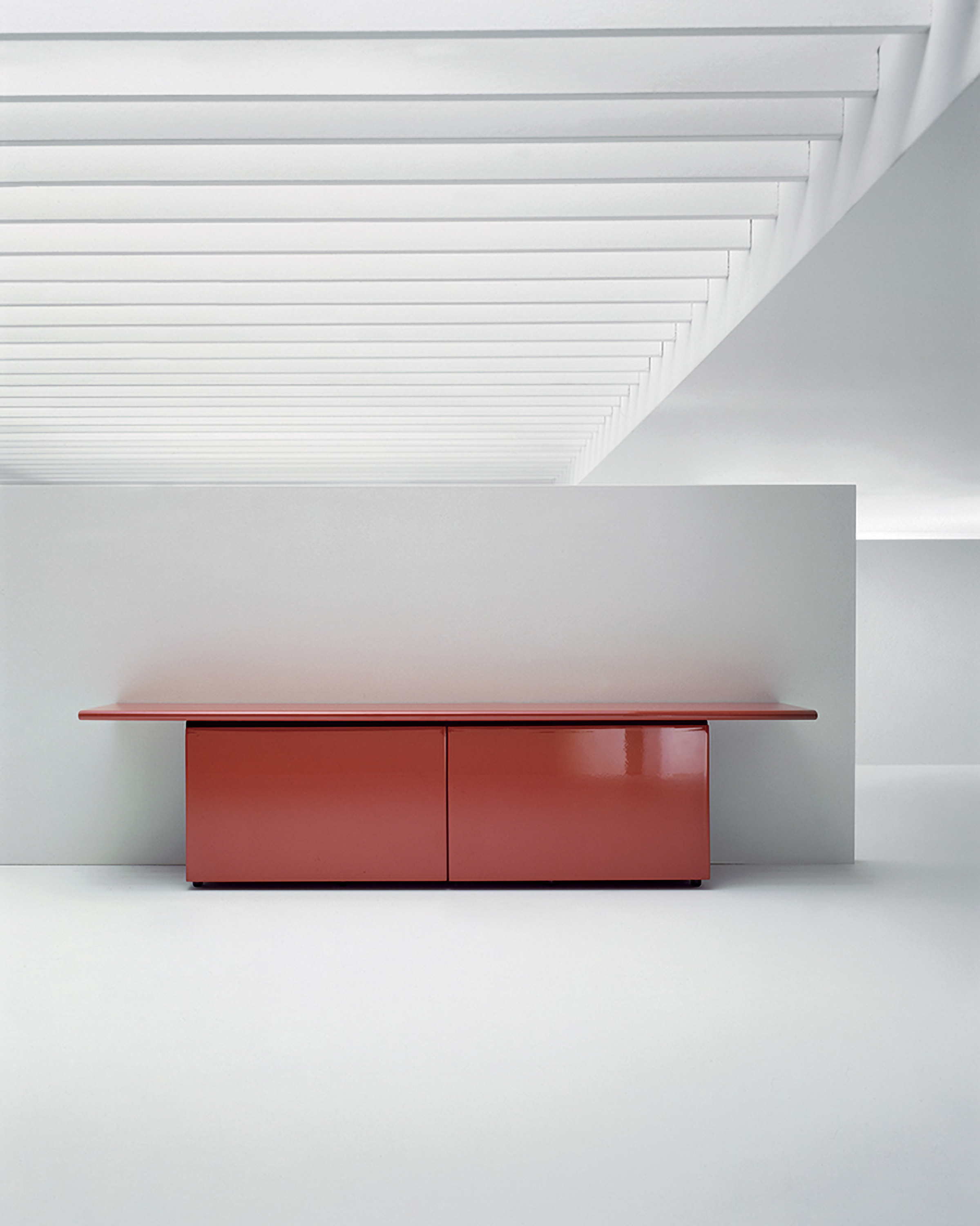
Sheraton
Acerbis
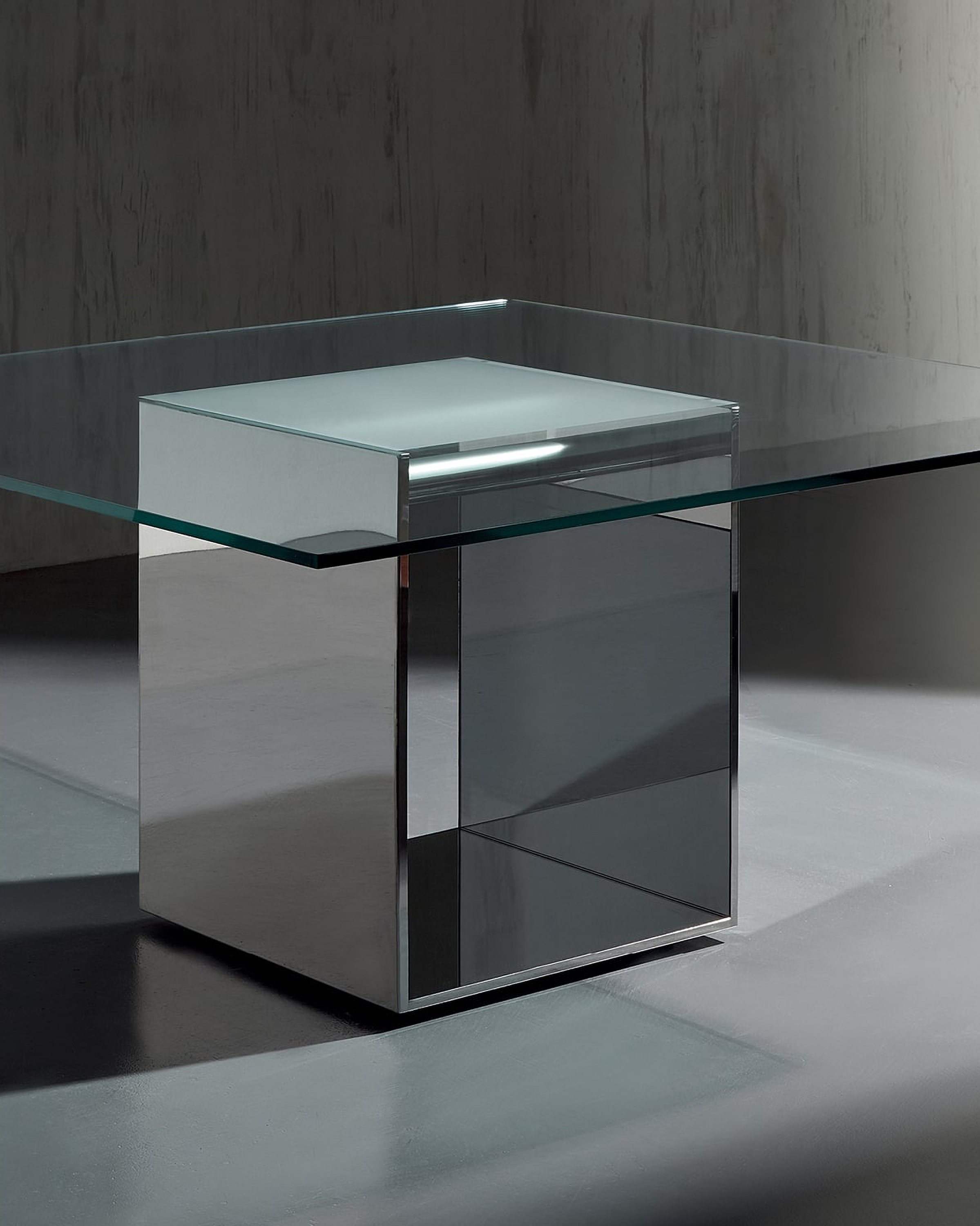
Glimm
Acerbis
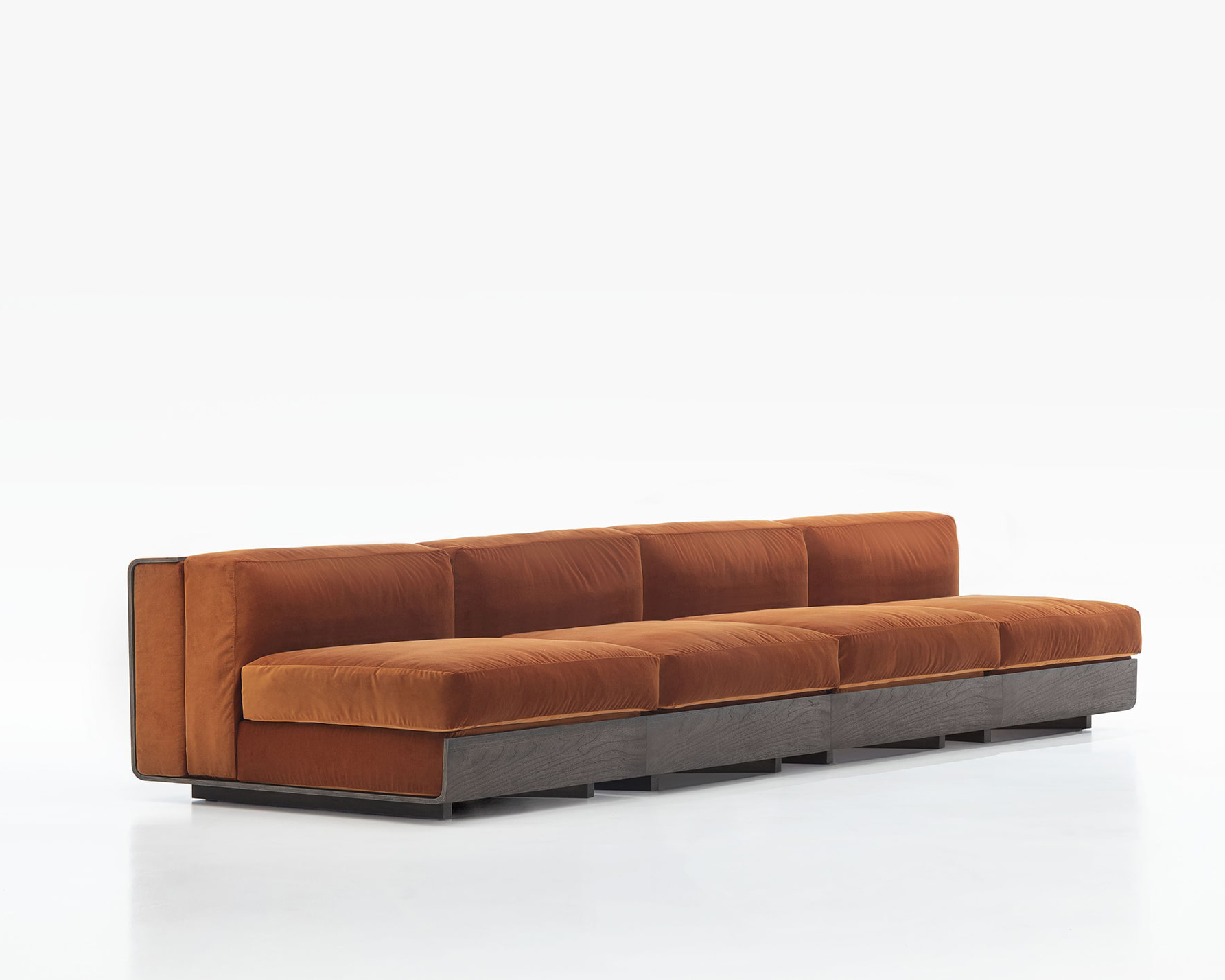
Life
Acerbis
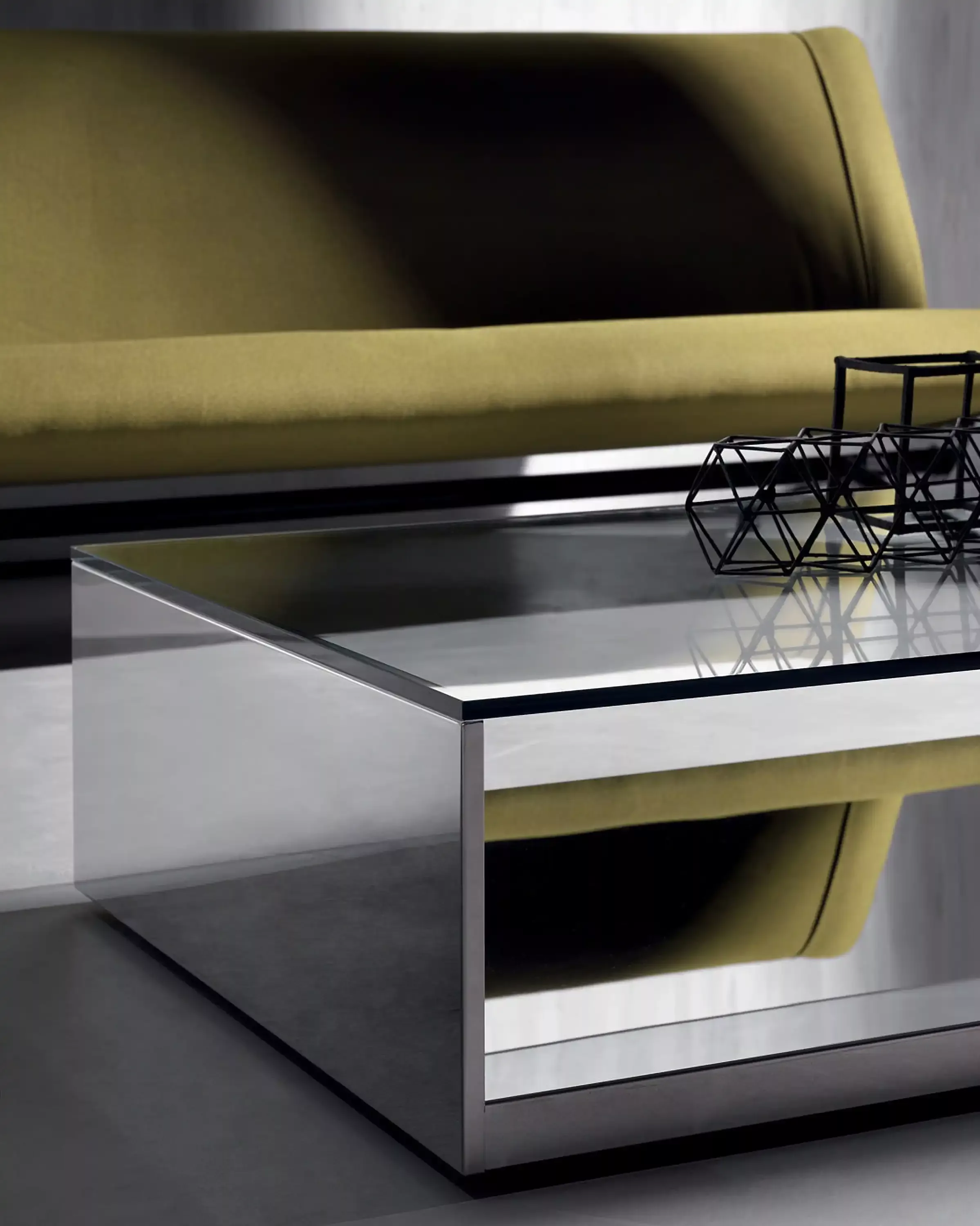
Litt
Acerbis
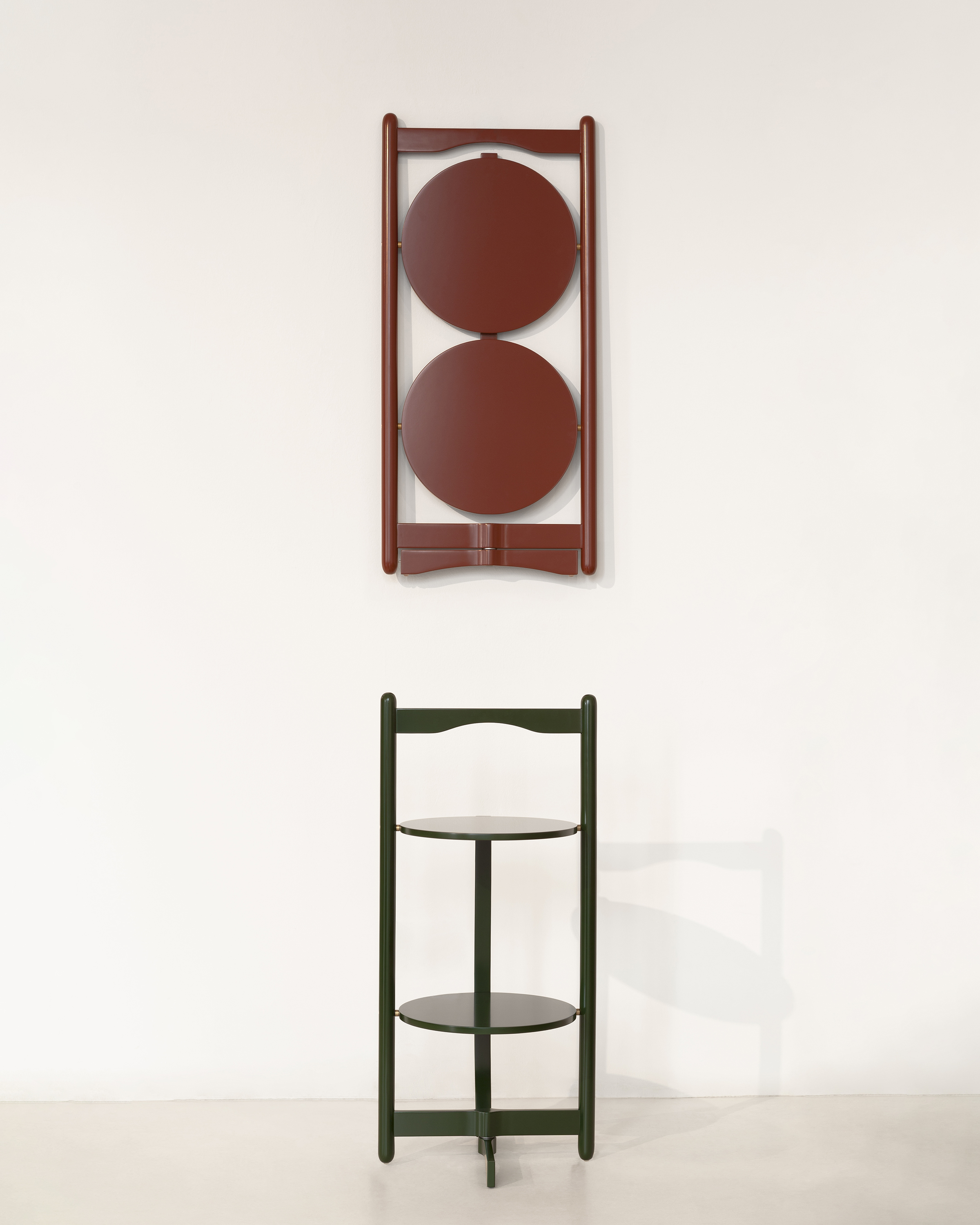
Florian
Acerbis
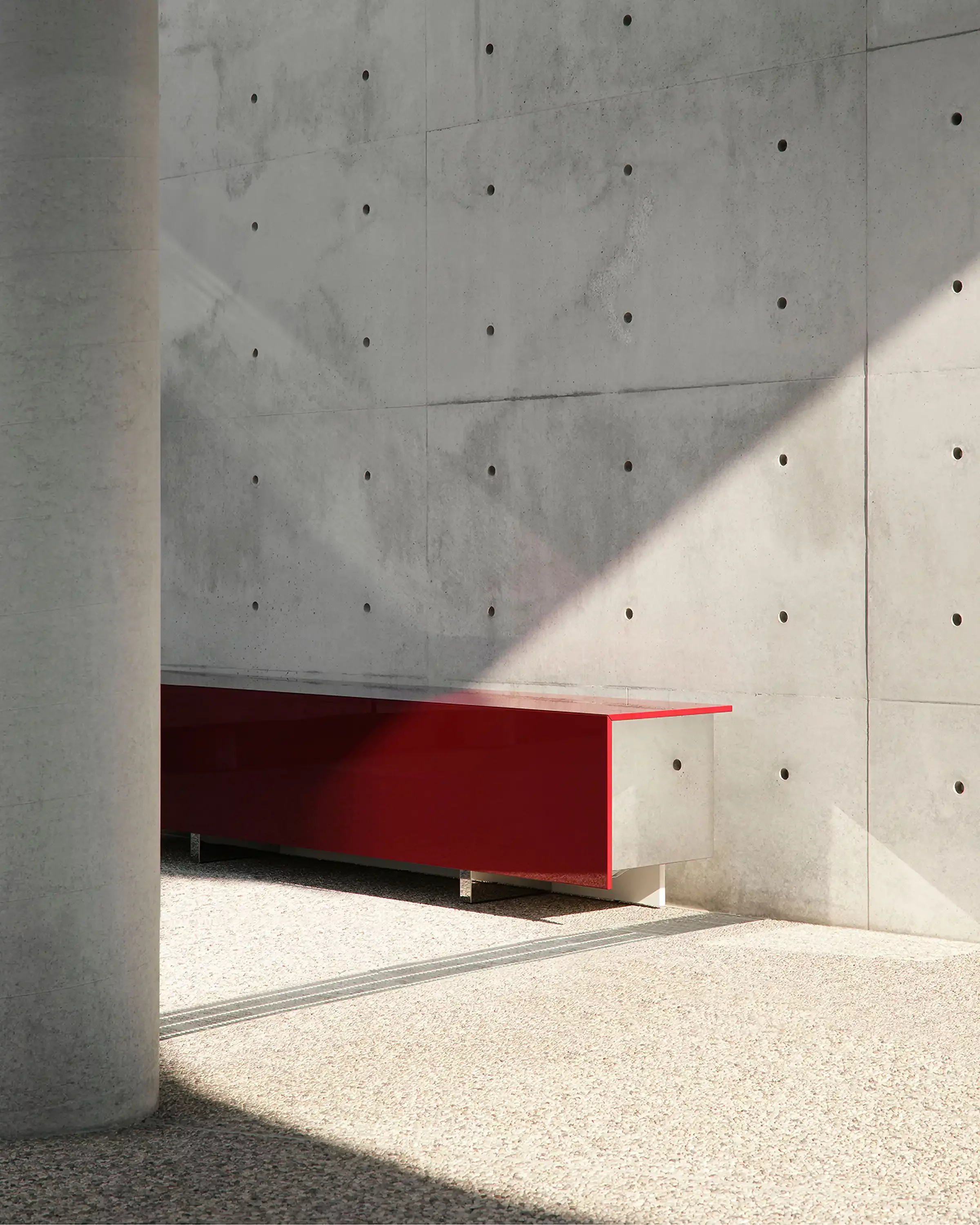
Ludwig
Acerbis
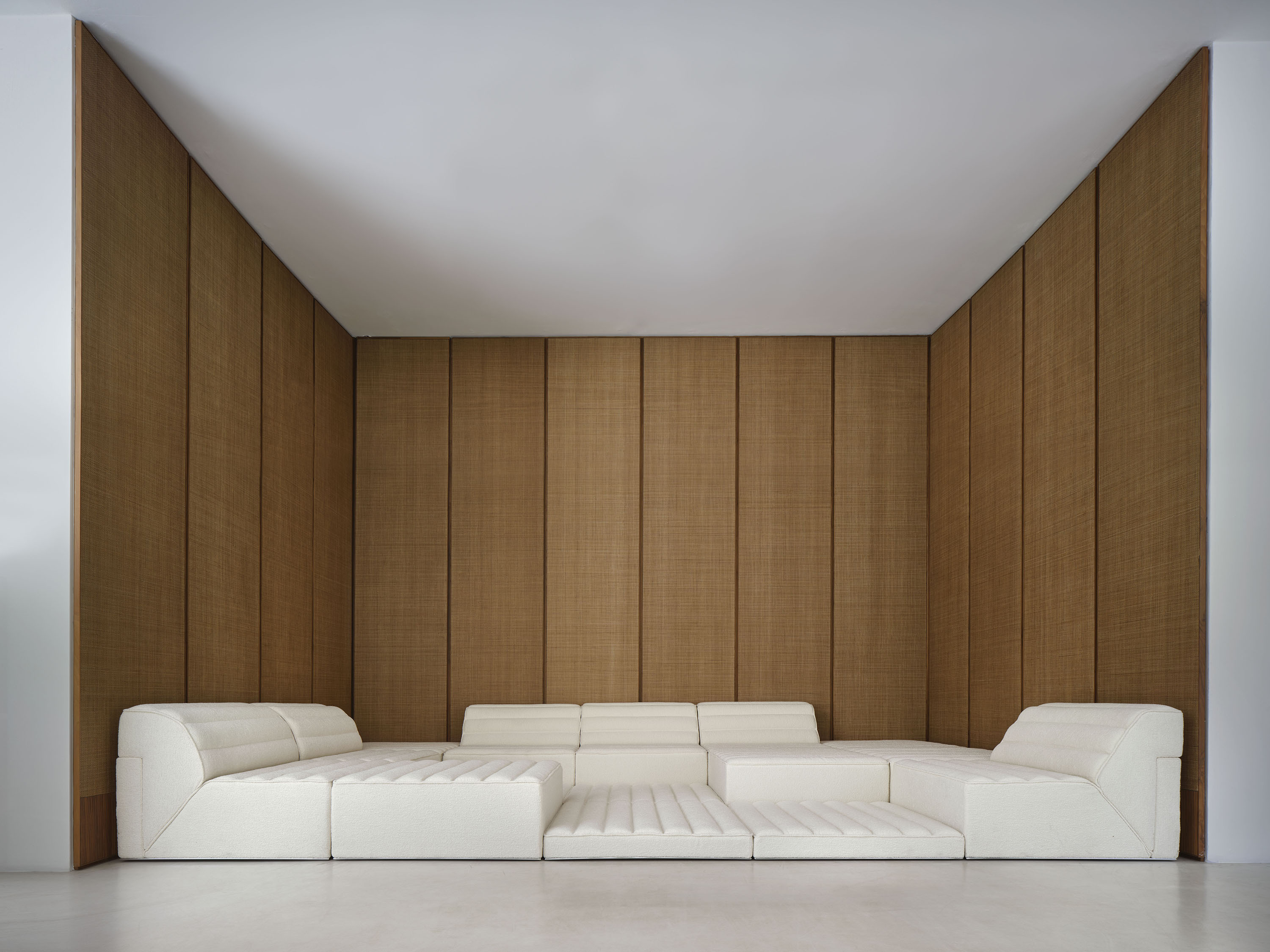
Free System
Acerbis
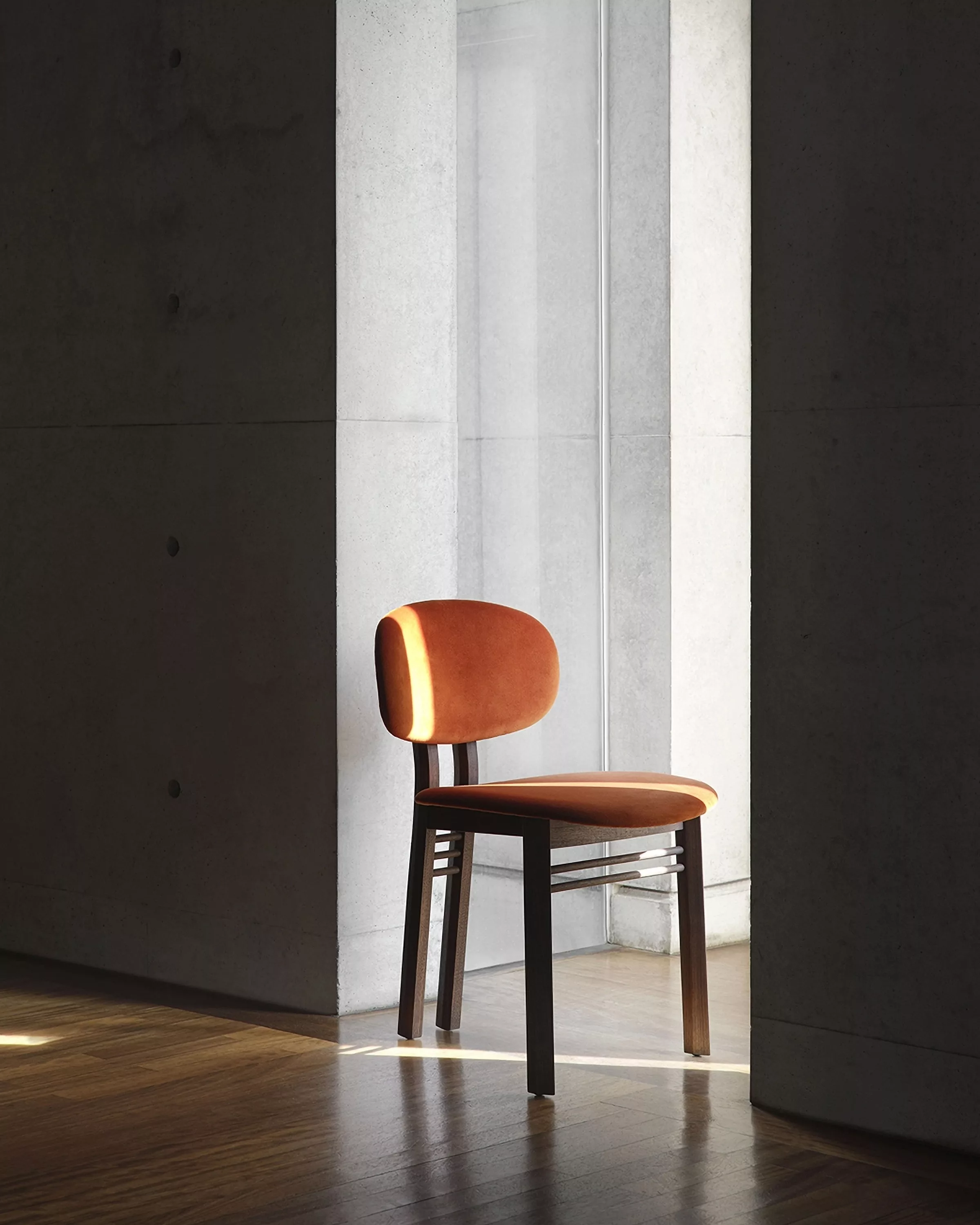
Med
Acerbis
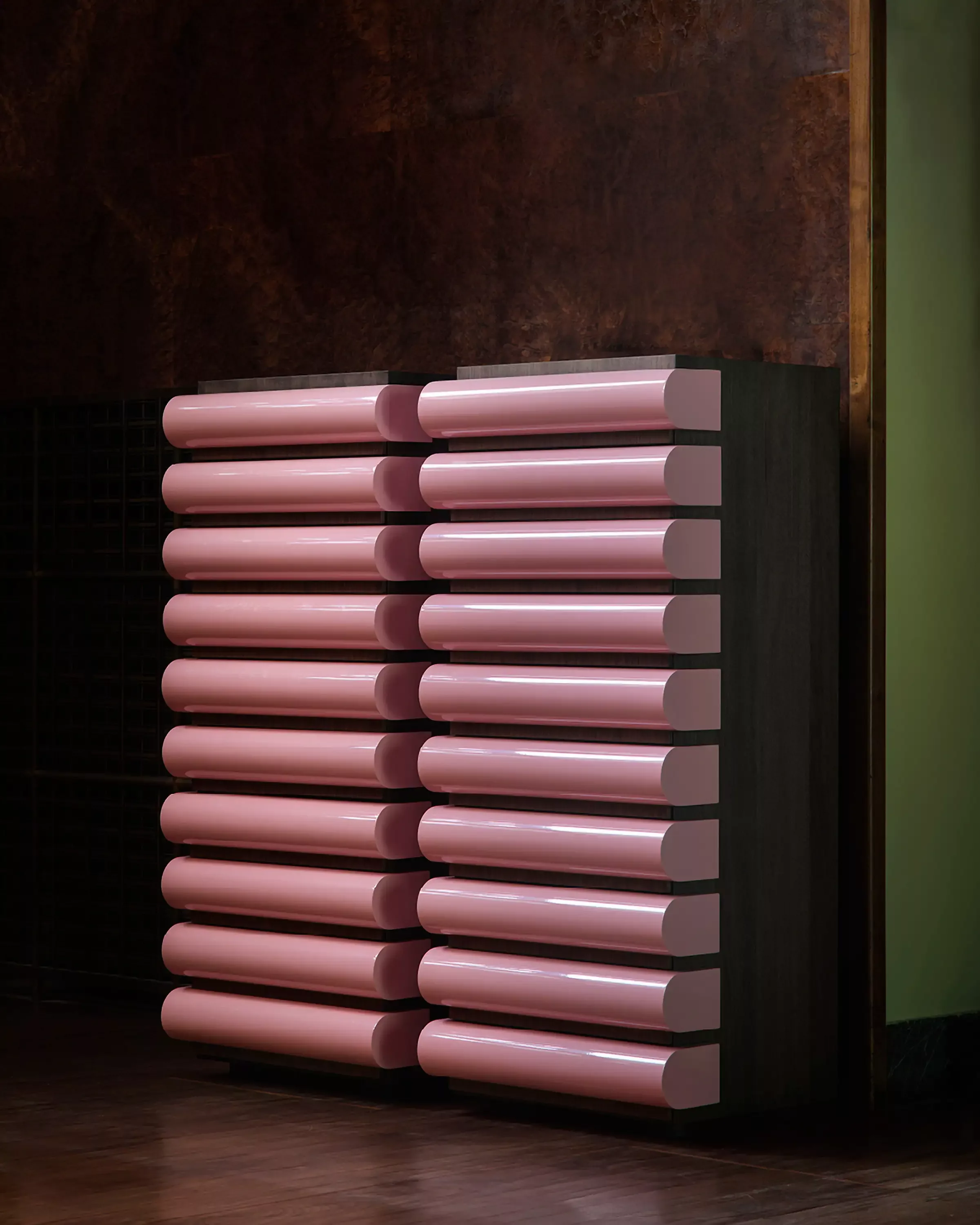
Storet
Acerbis
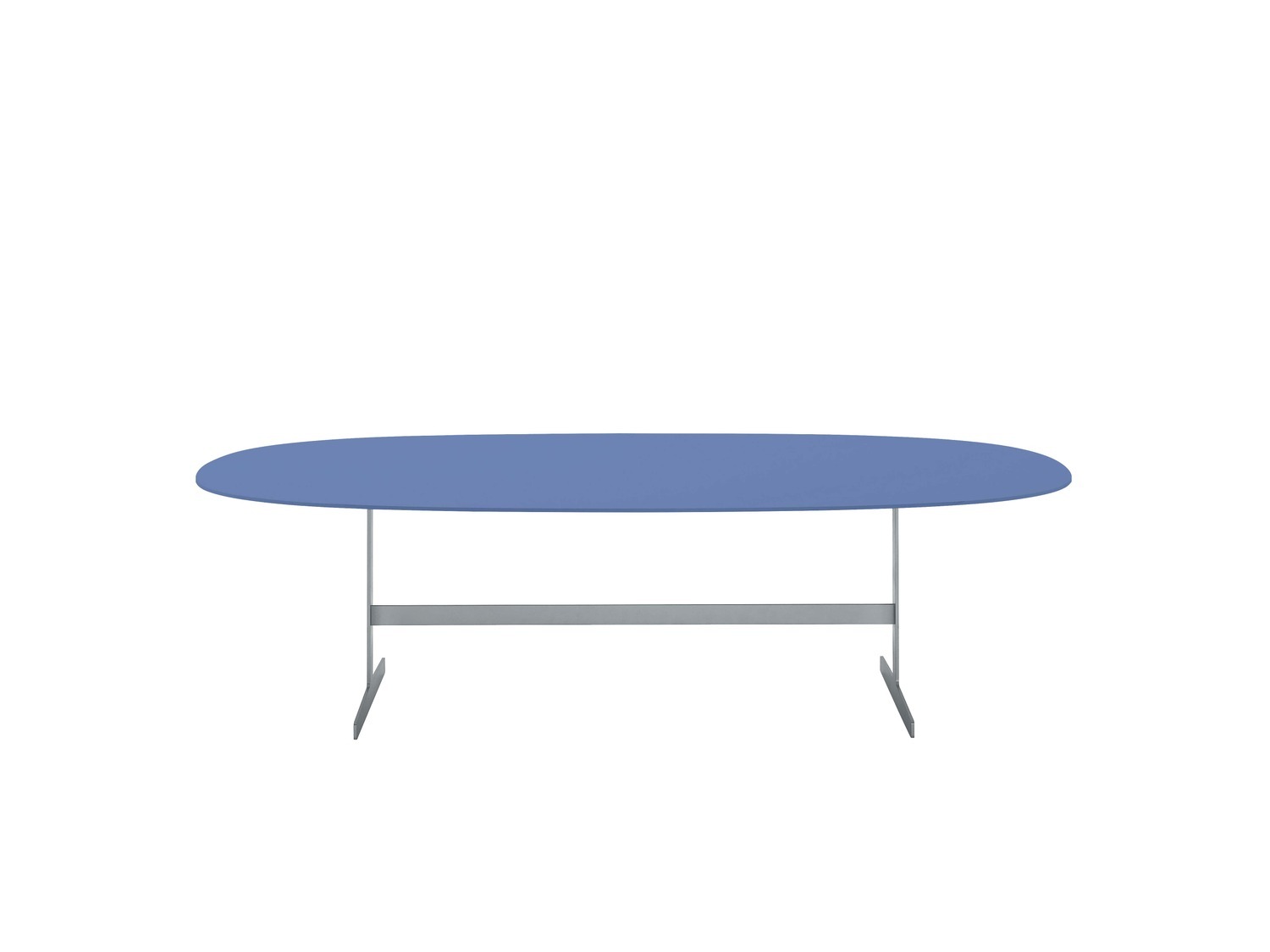
Simplon
Cappellini
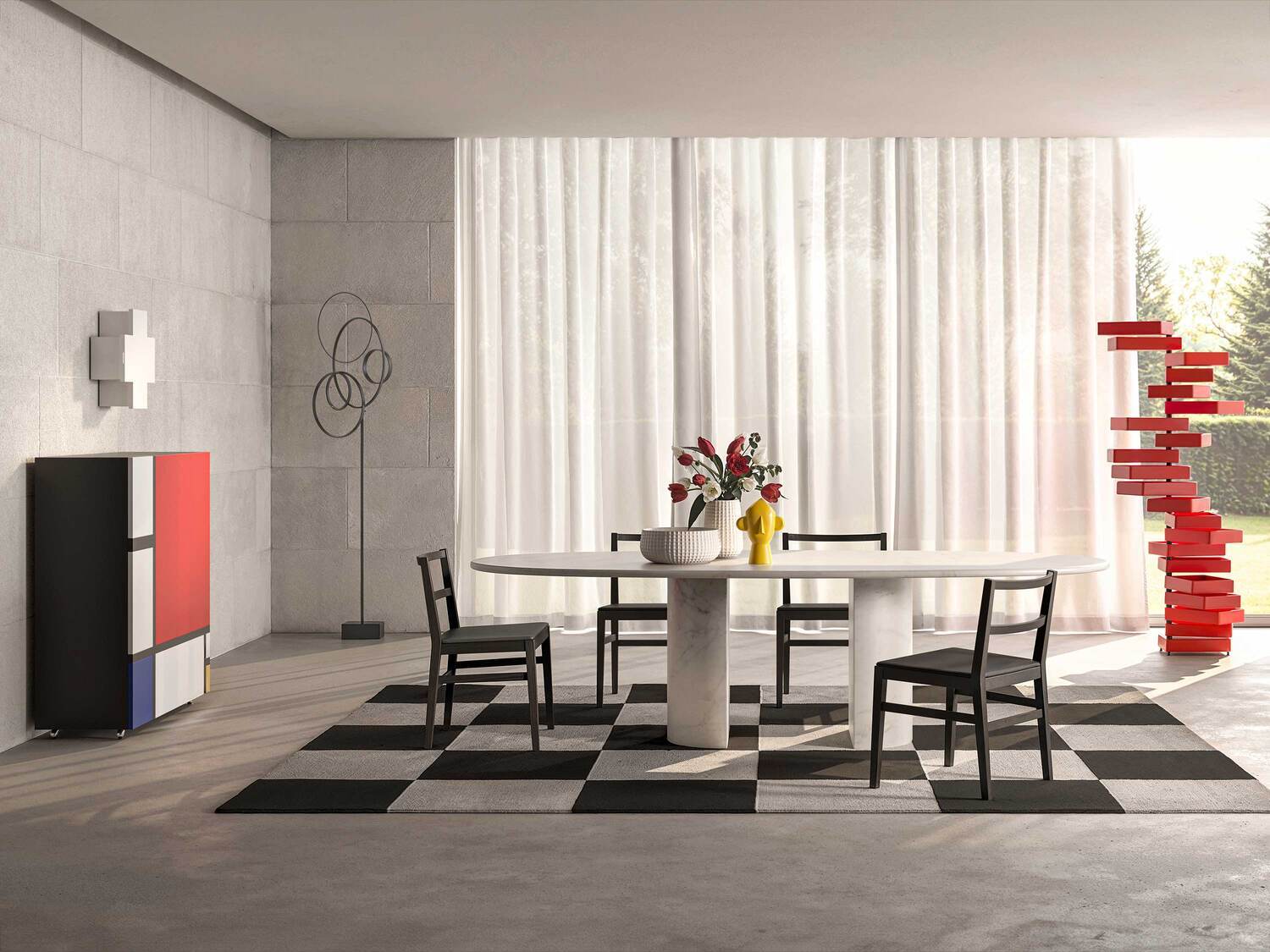
Dolmen
Cappellini
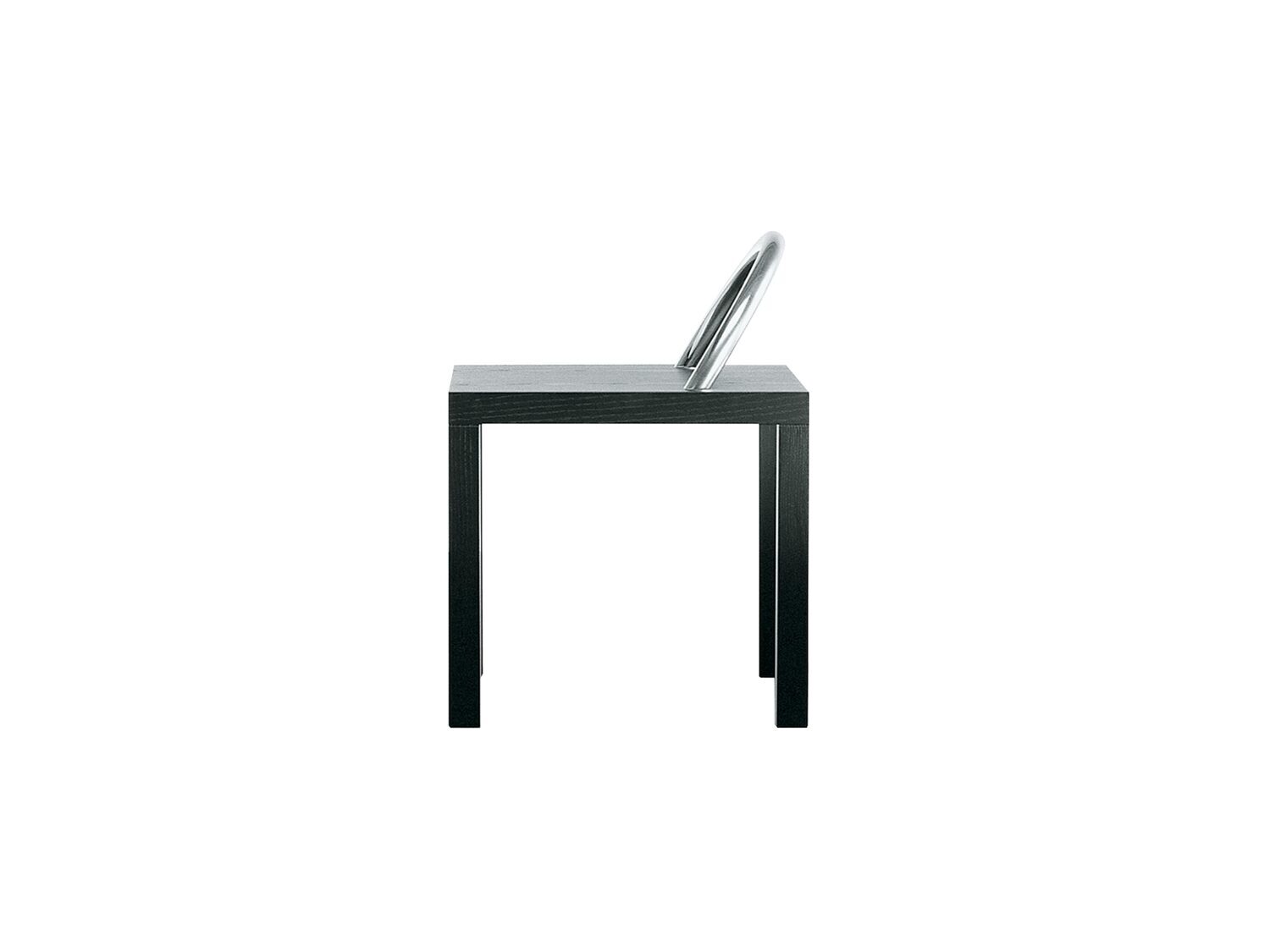
KO-KO
Cappellini
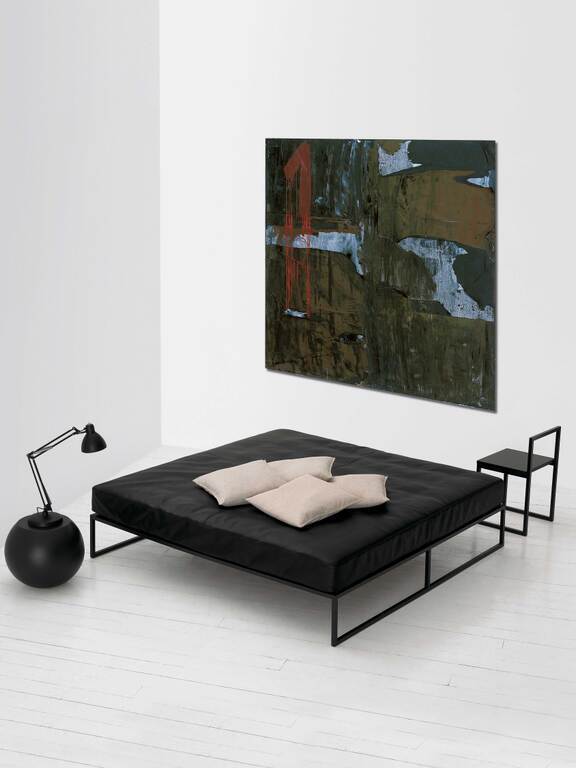
Fronzoni '64
Cappellini

Bac
Cappellini

Classica
Cappellini

Hiroi
Cappellini

Low Pad
Cappellini
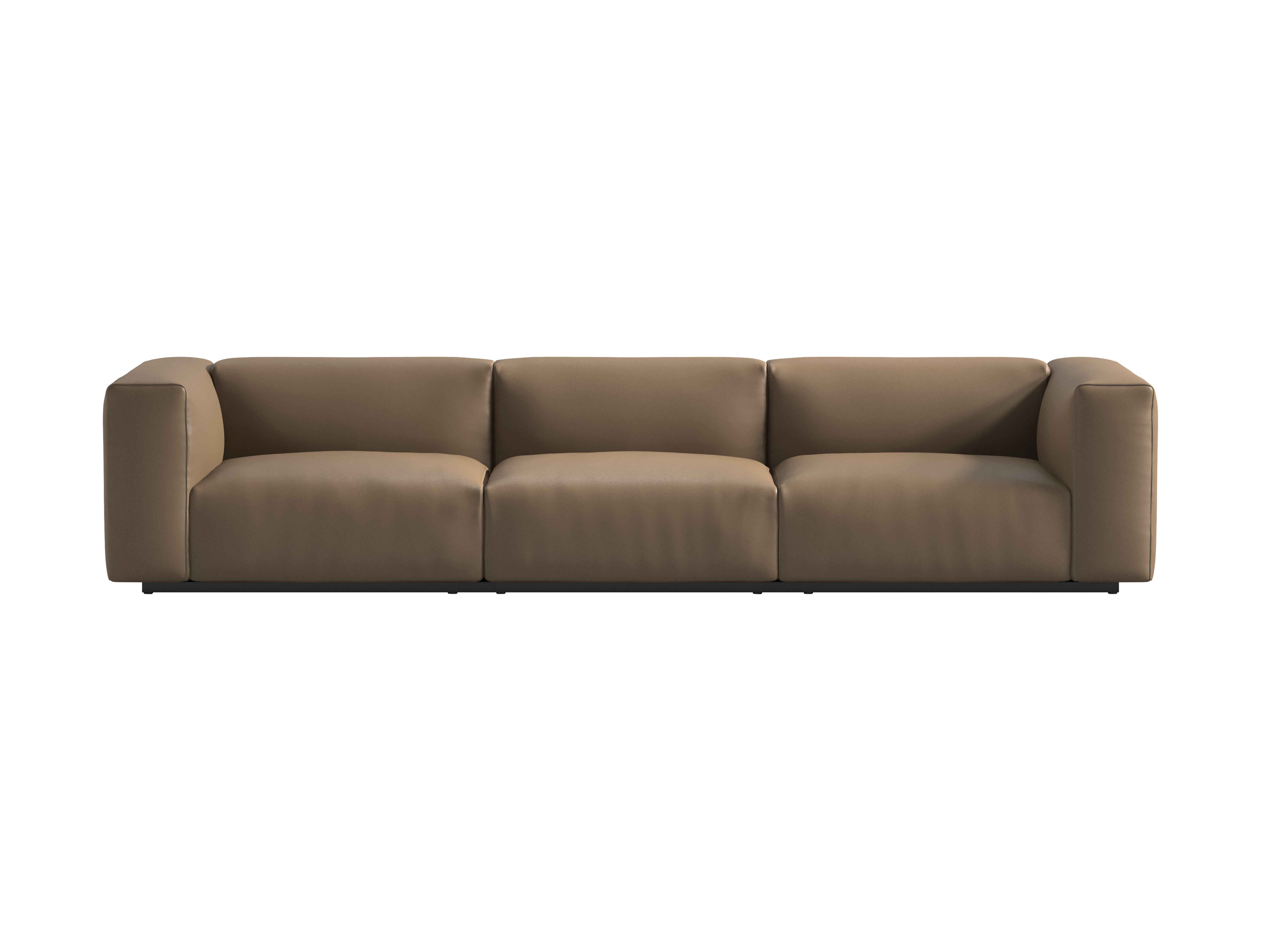
Oblong Plus
Cappellini
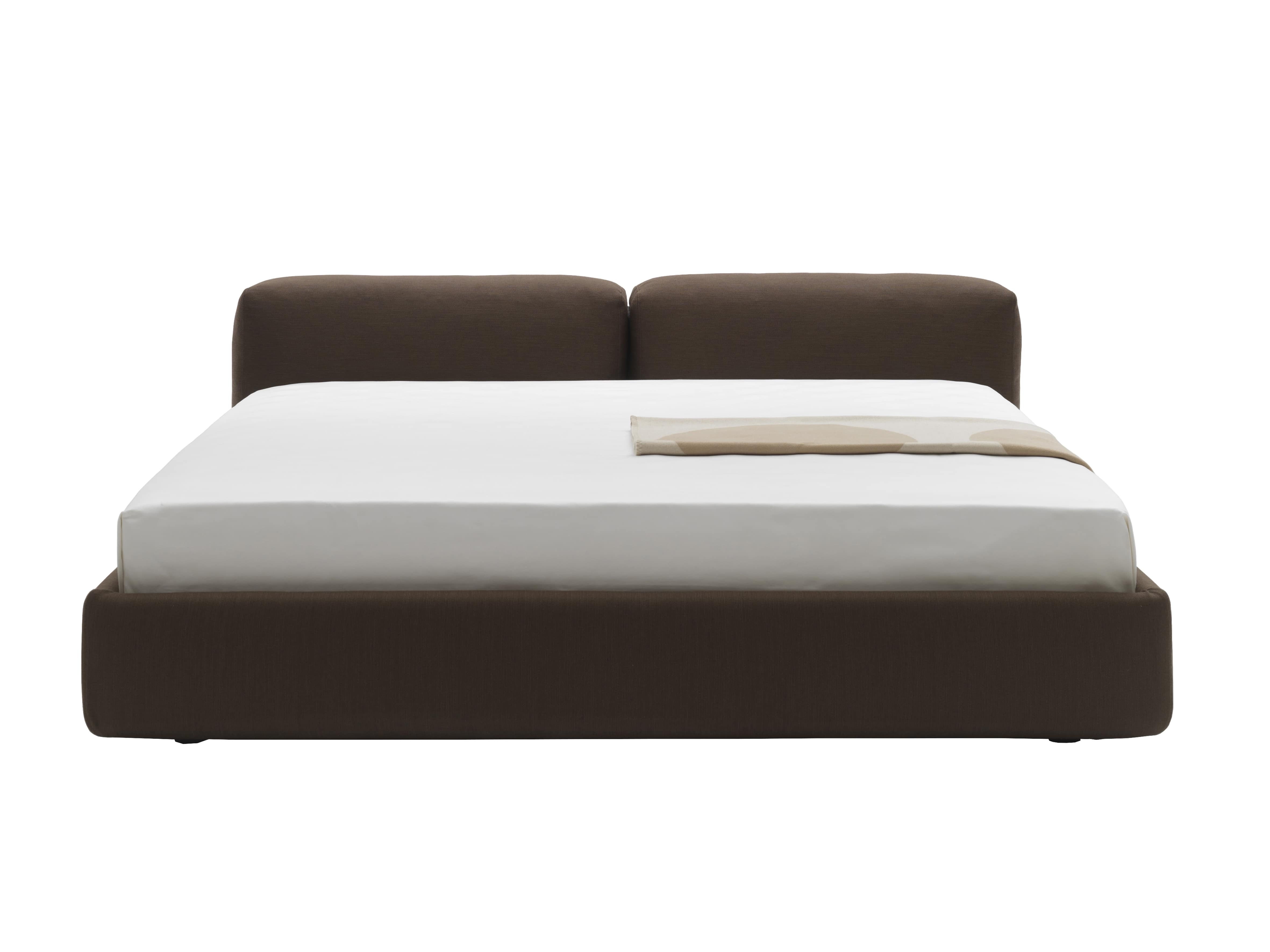
Superoblong Bed
Cappellini

Gambetta
Cappellini

Bookshelf
Cappellini

